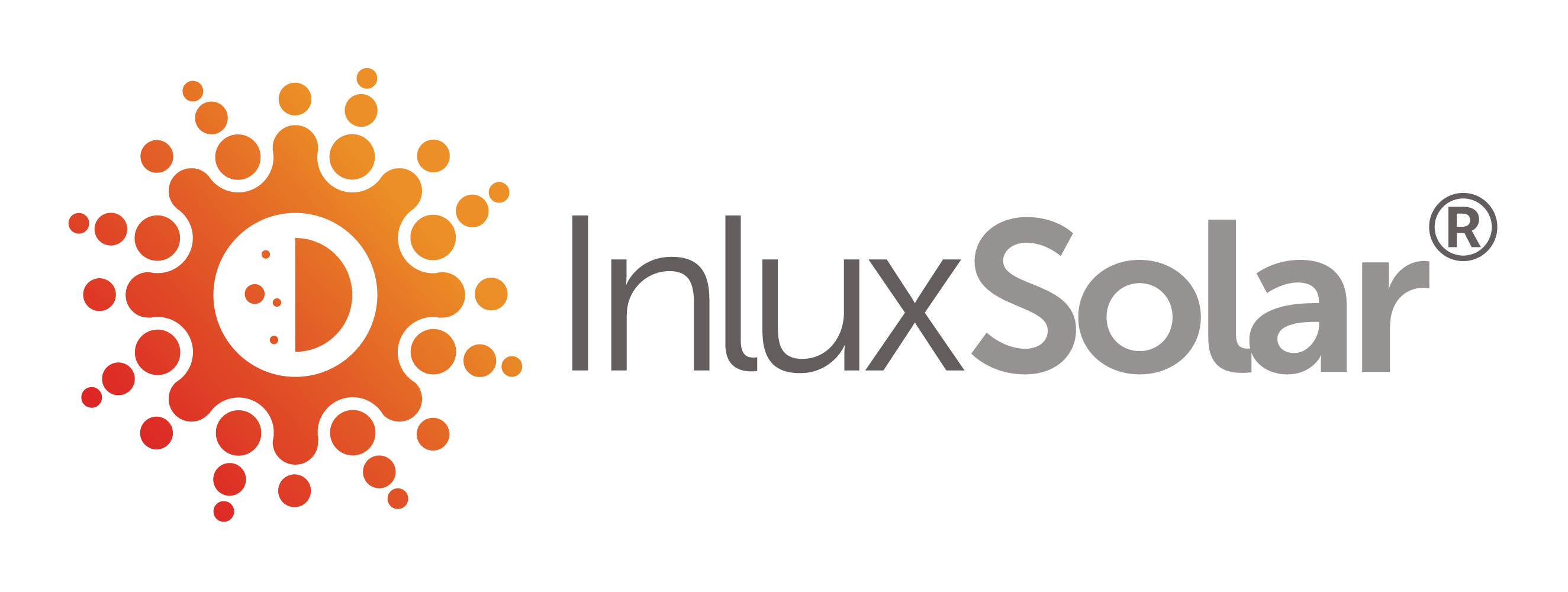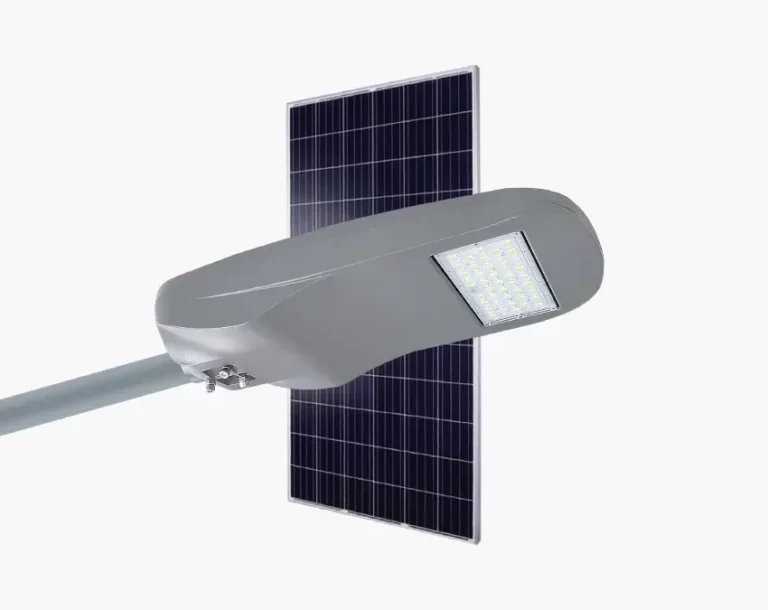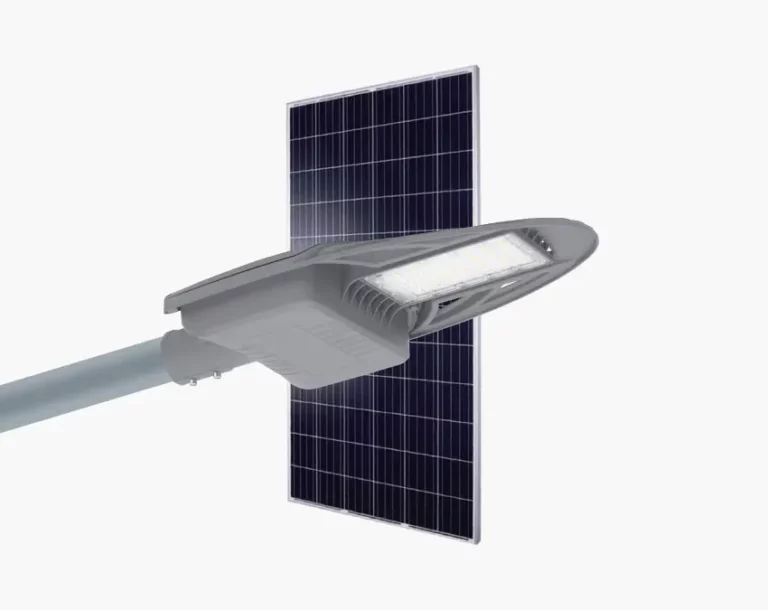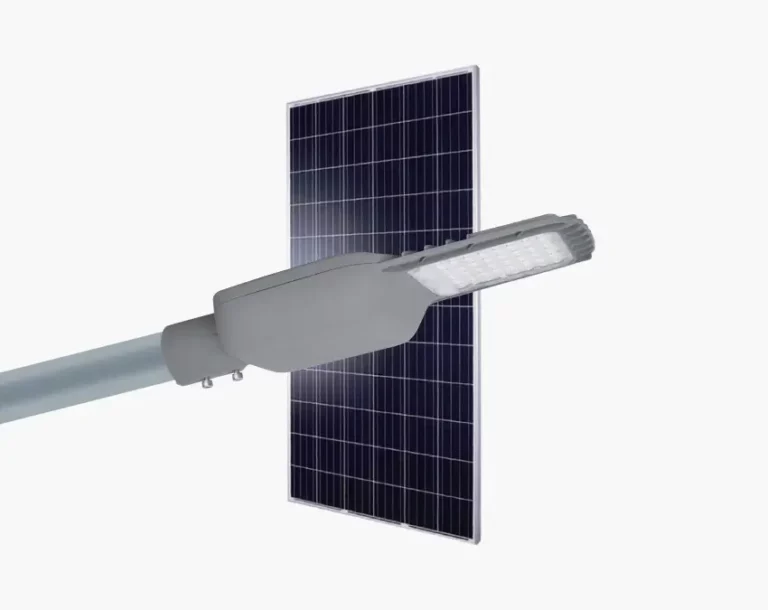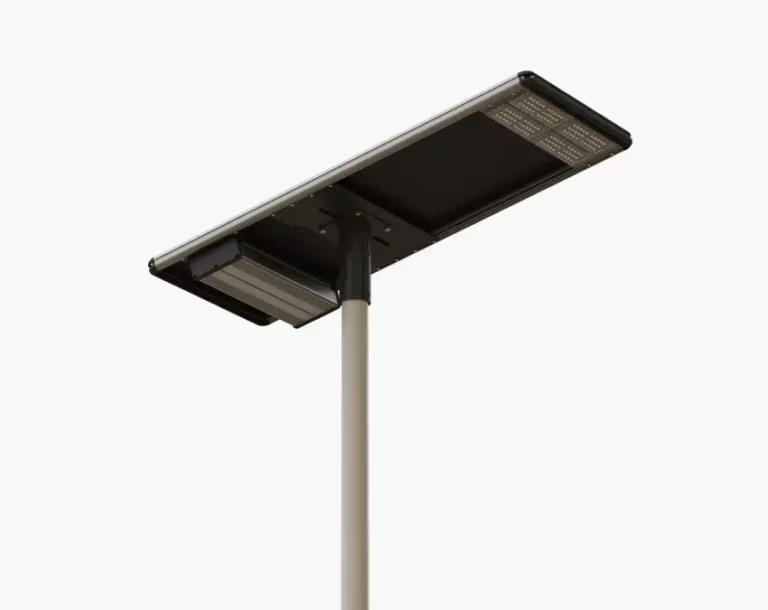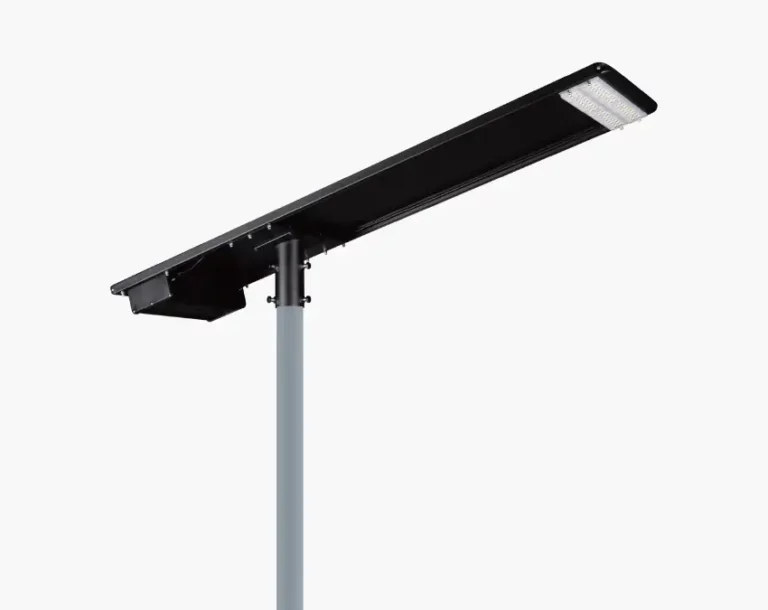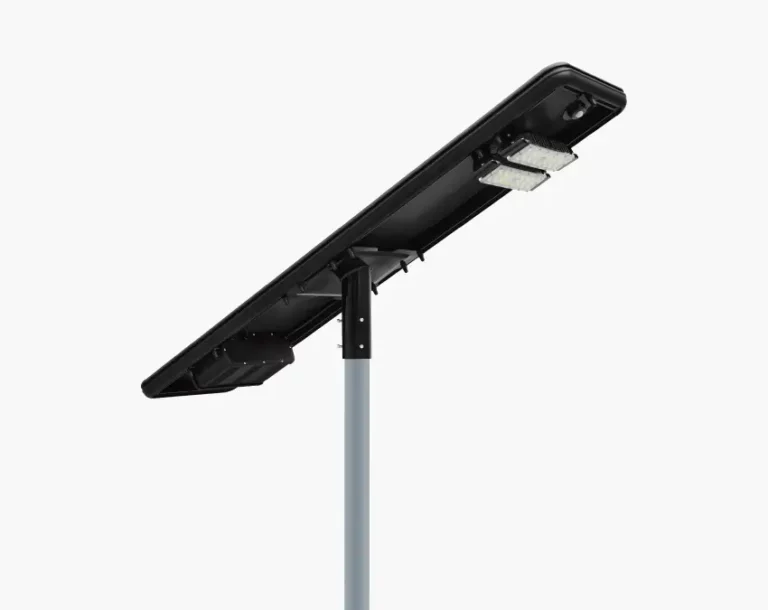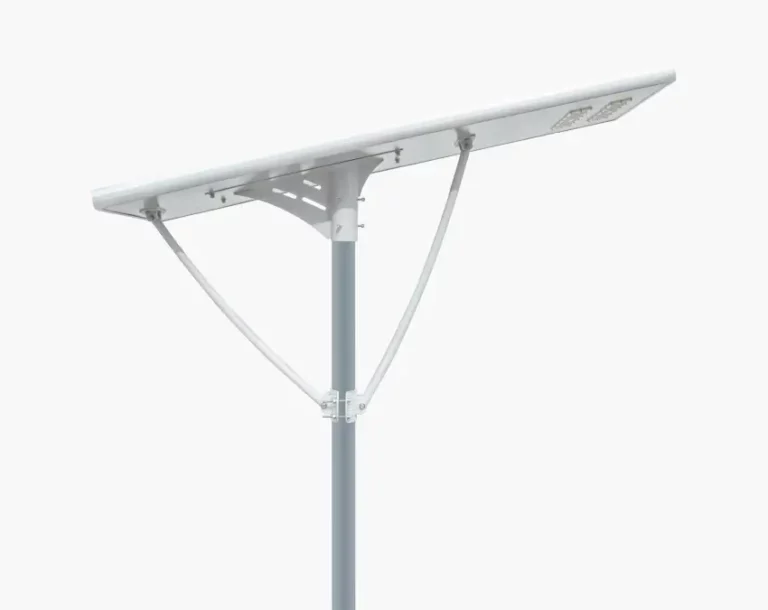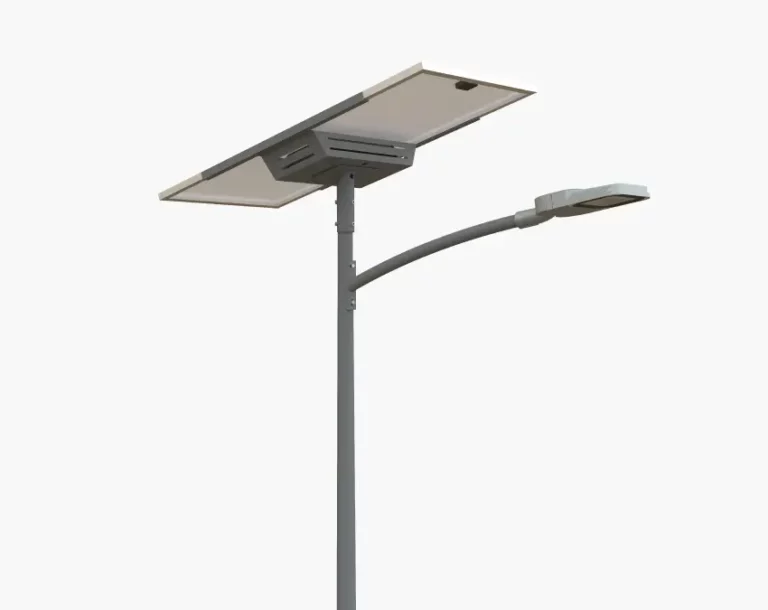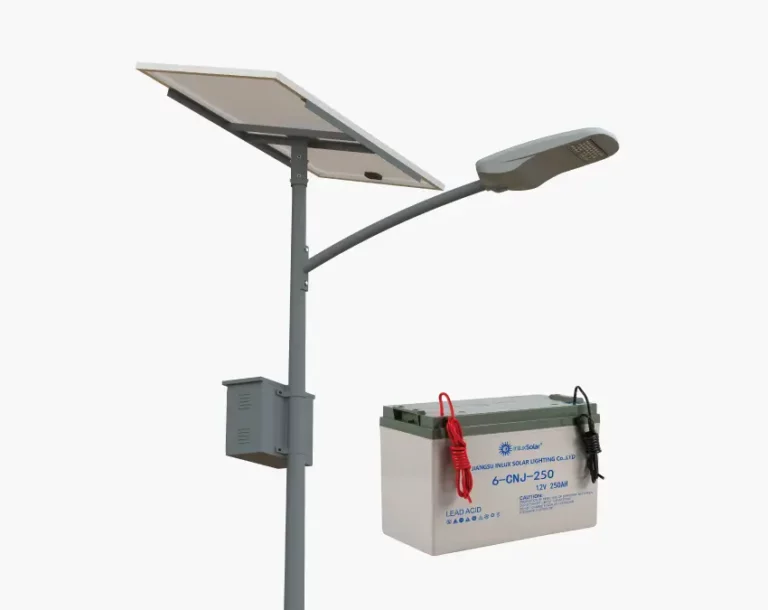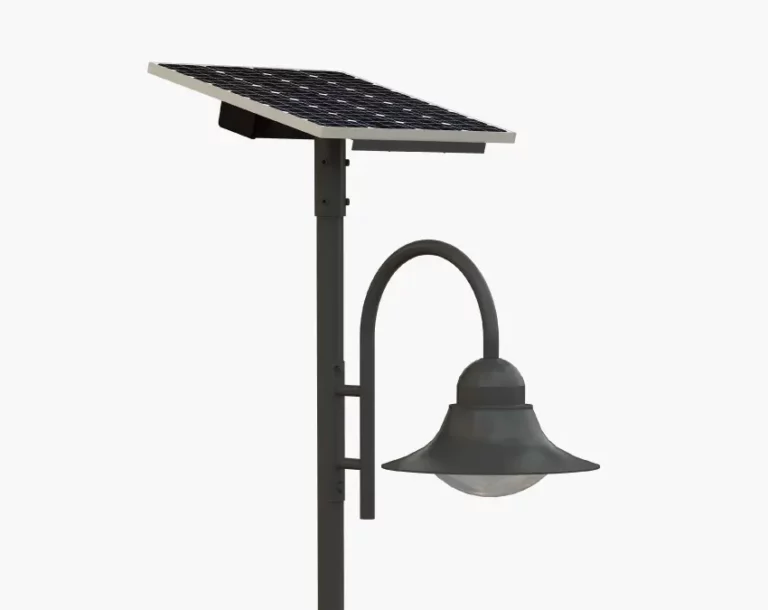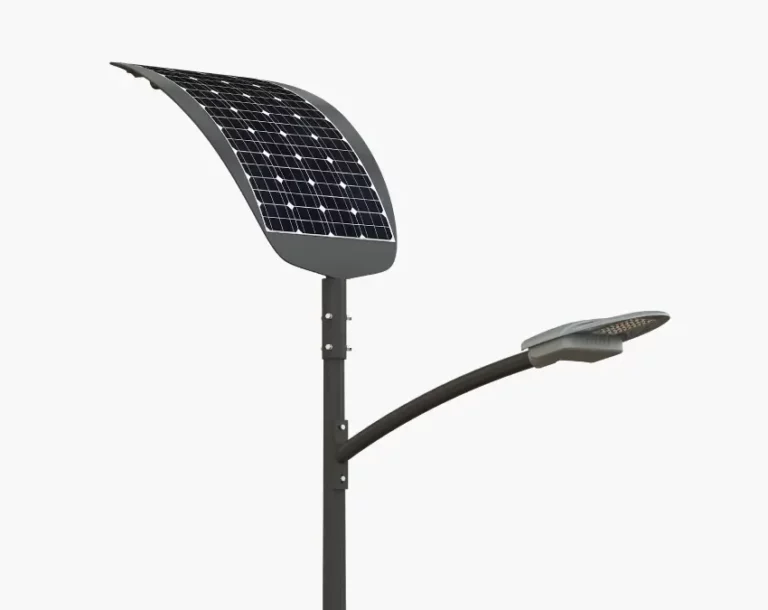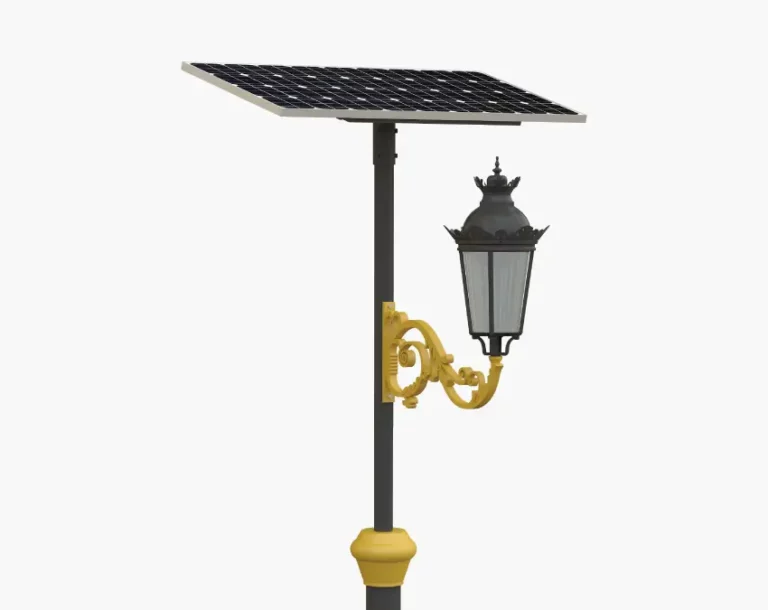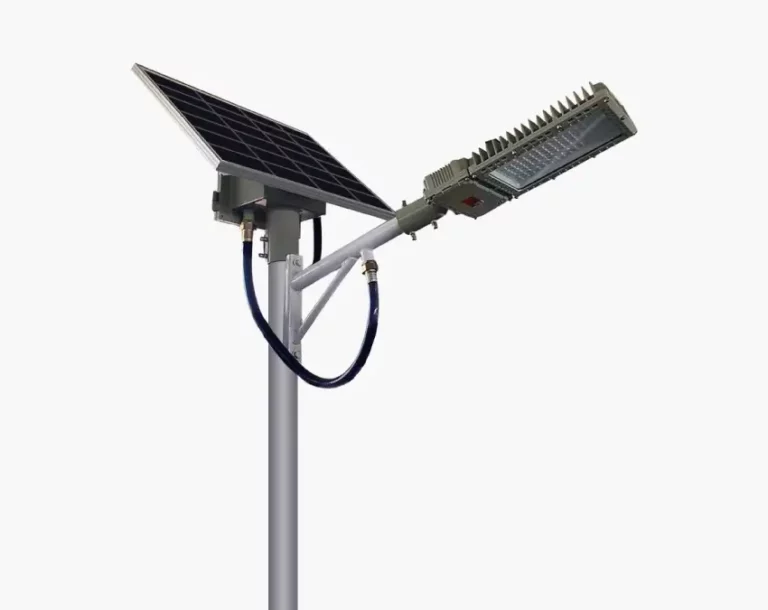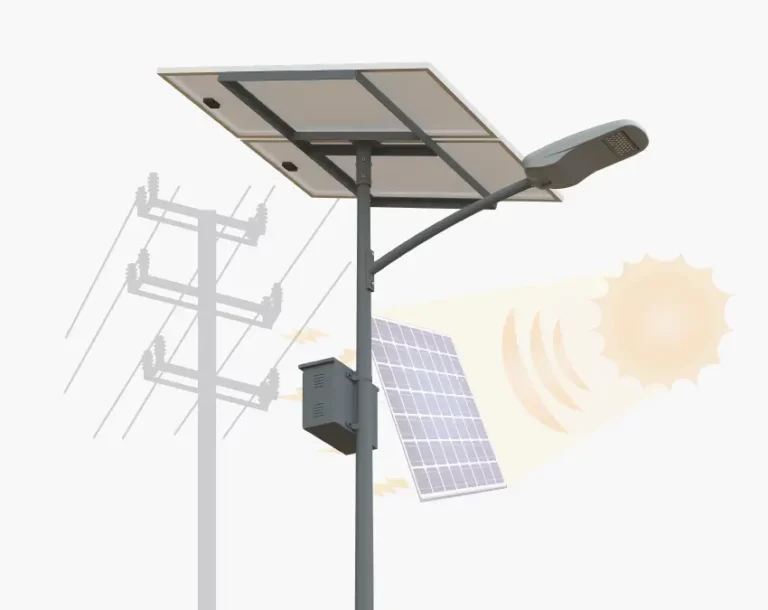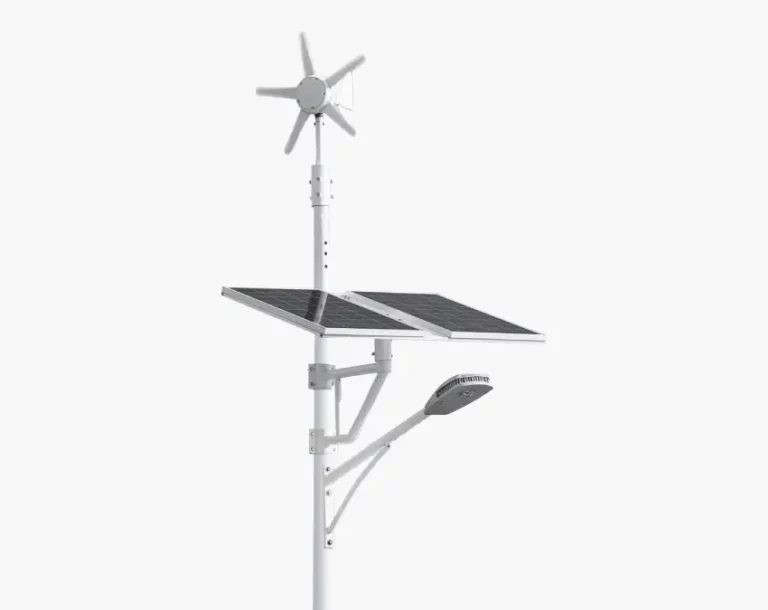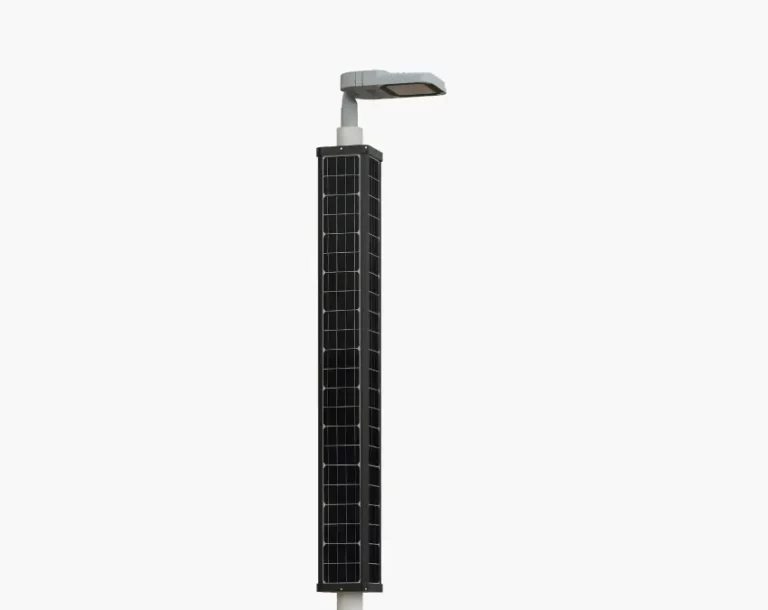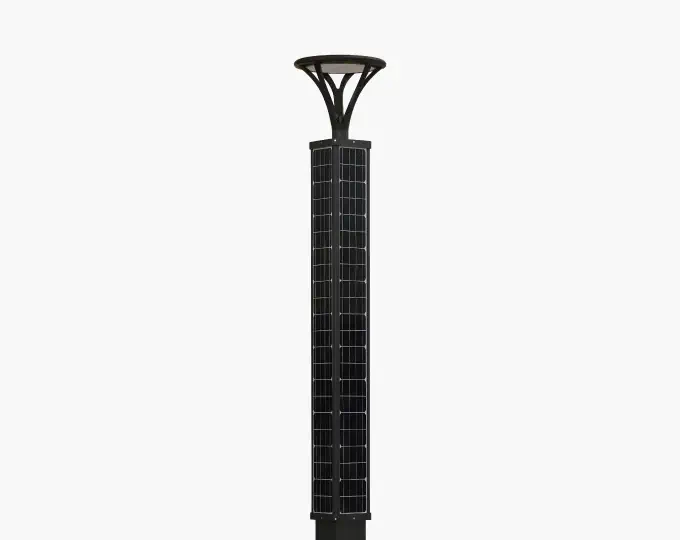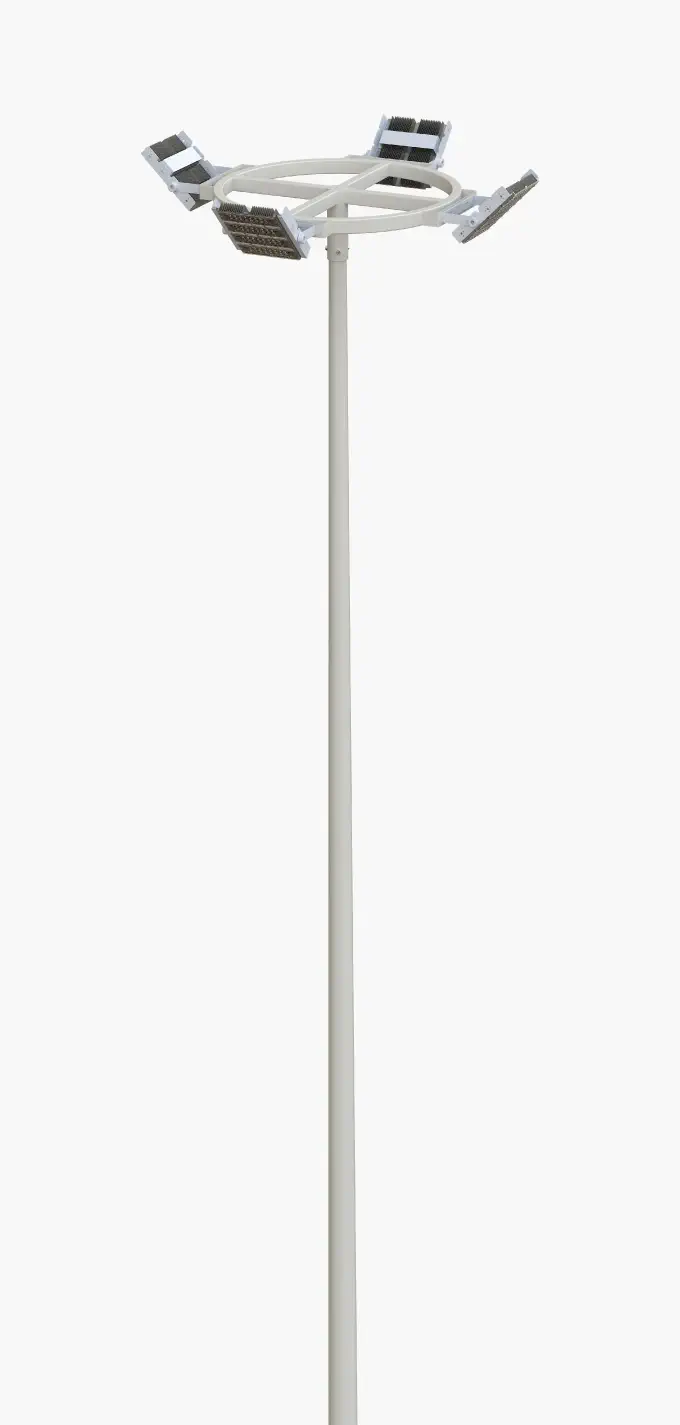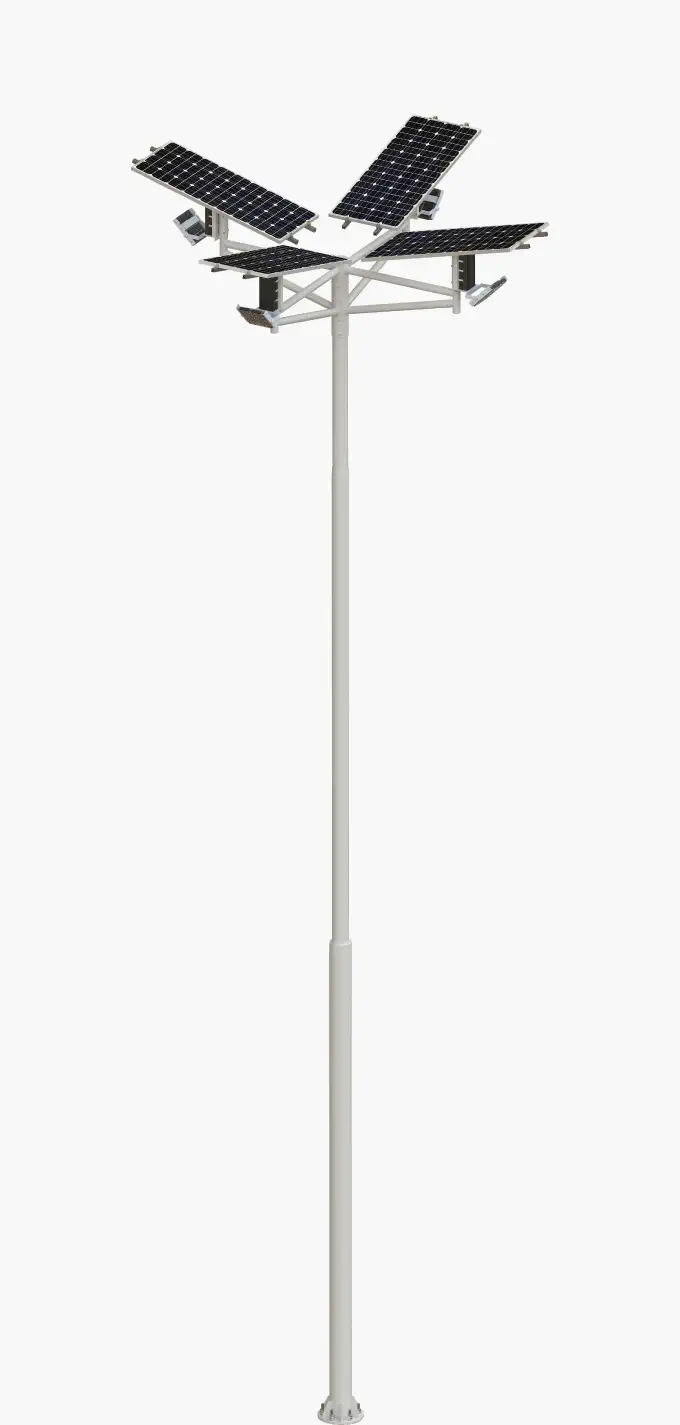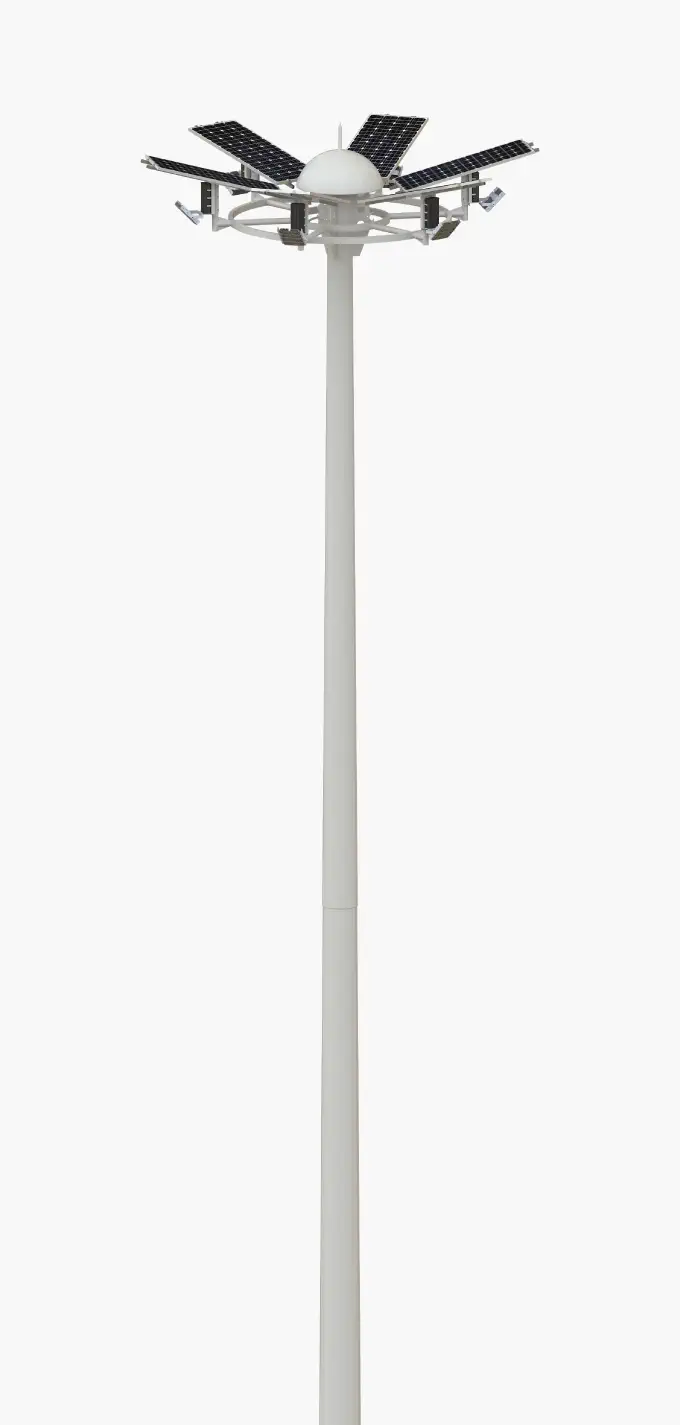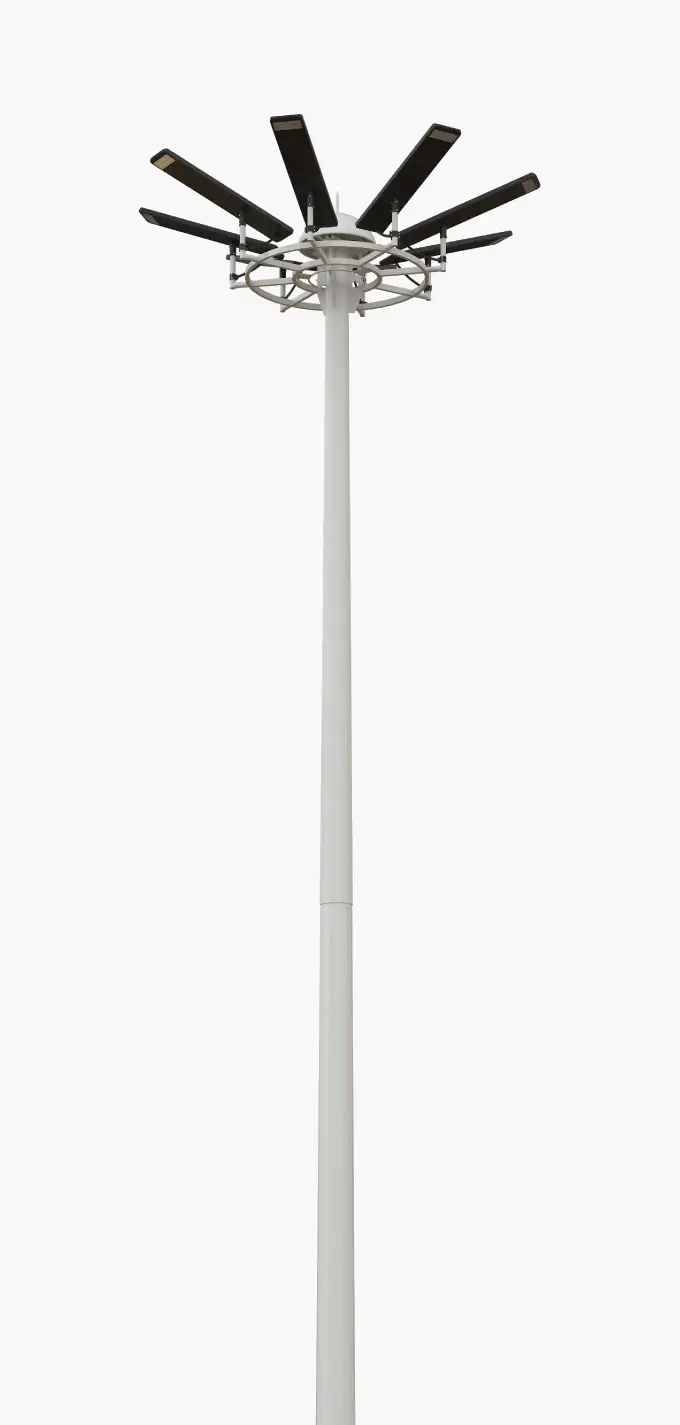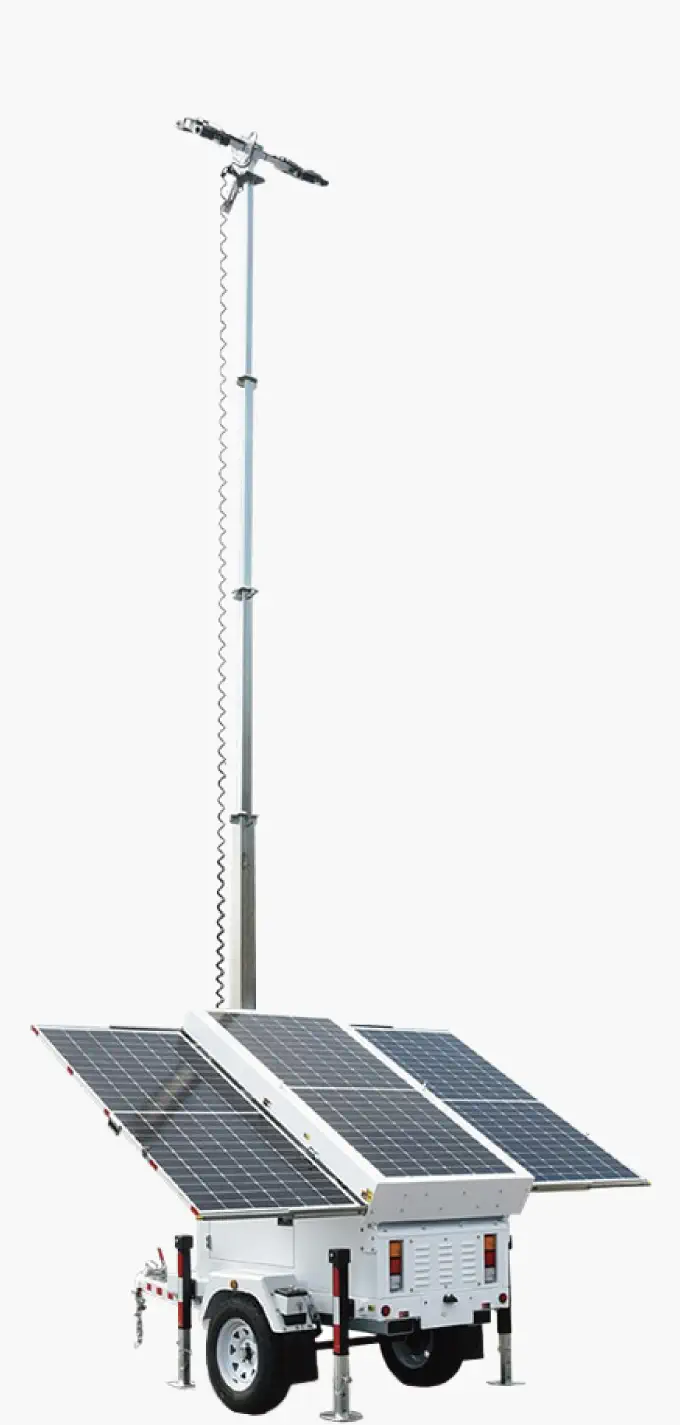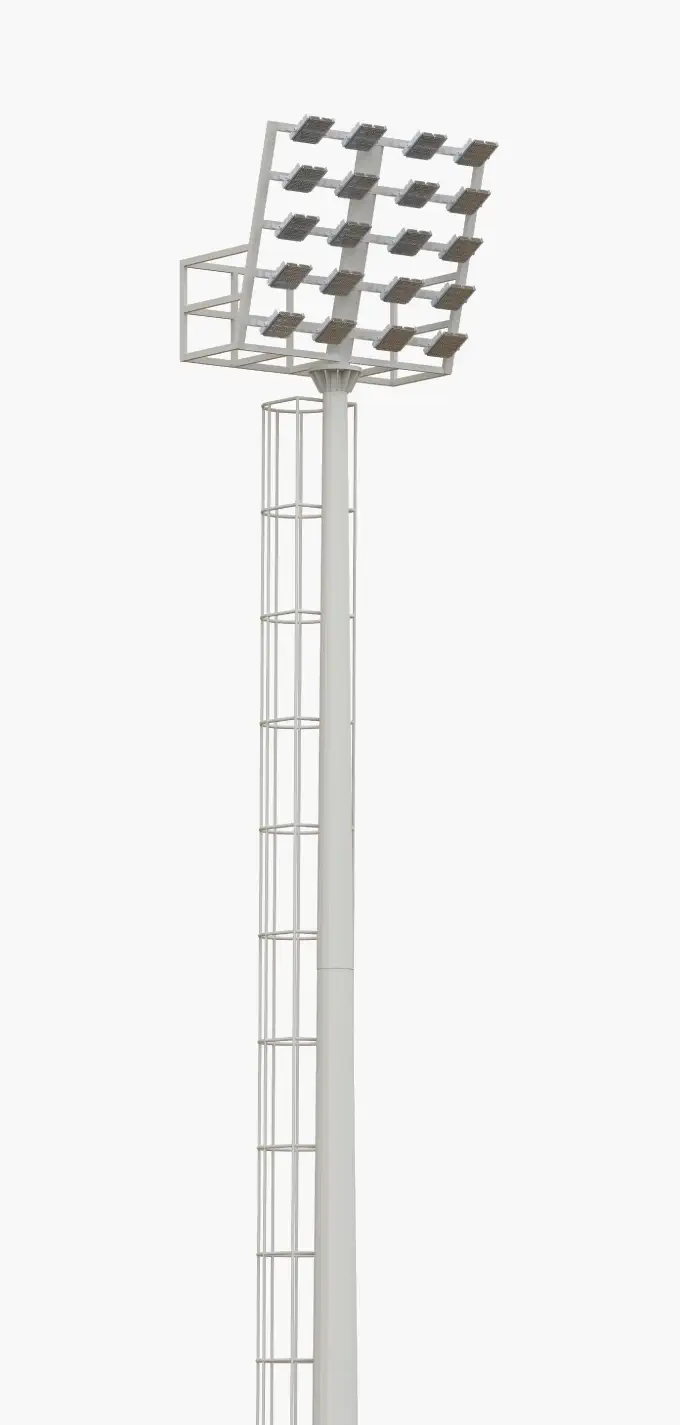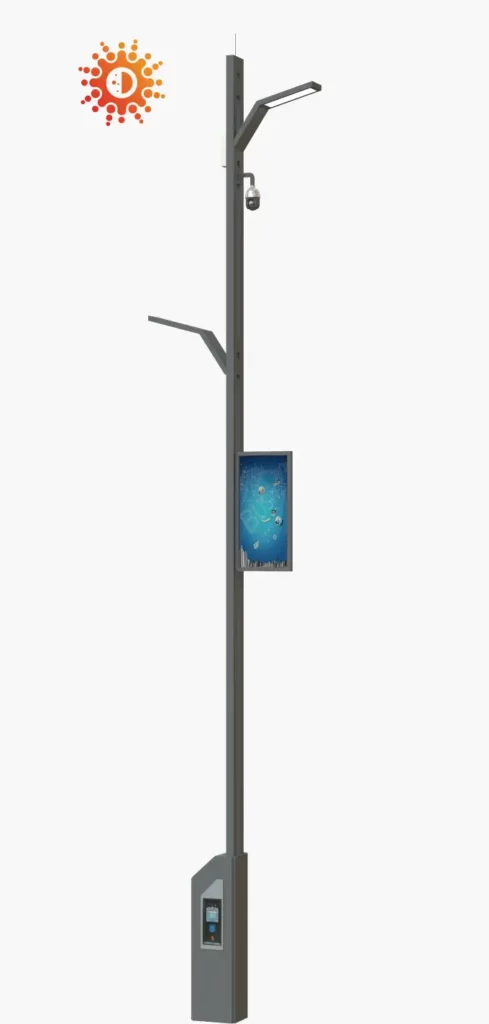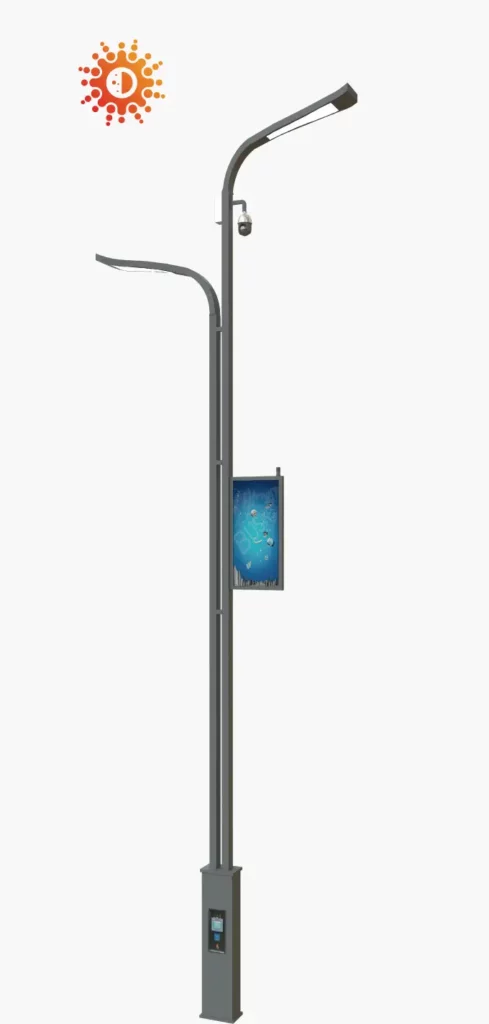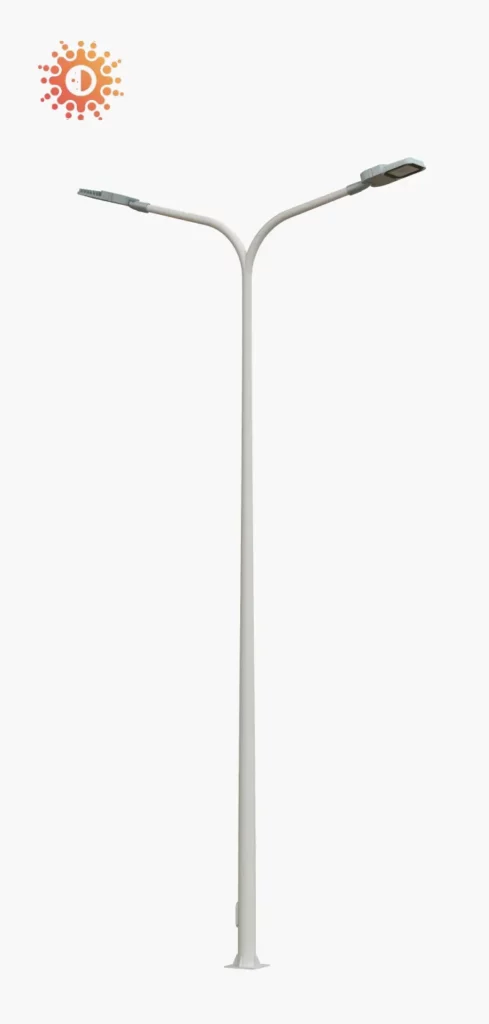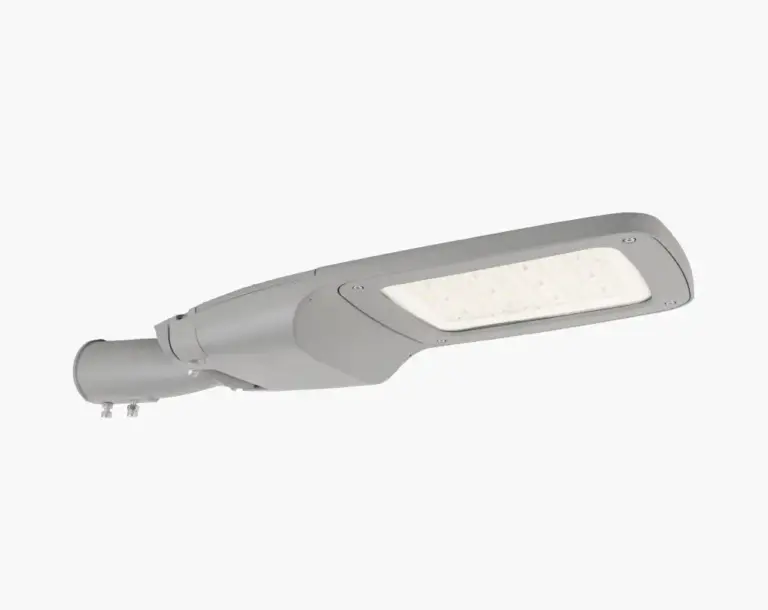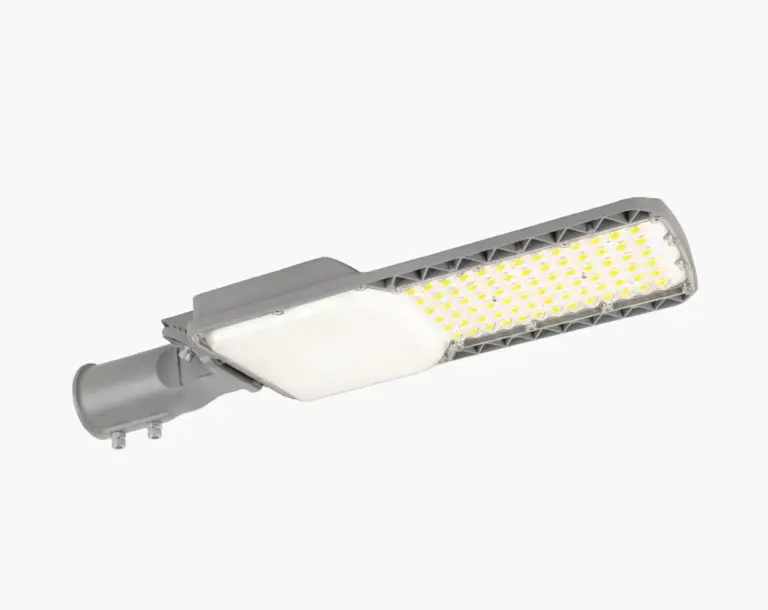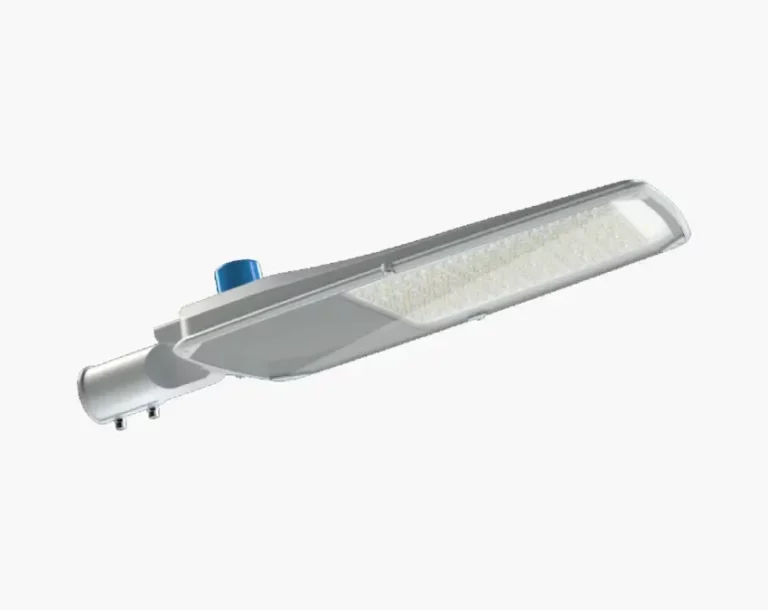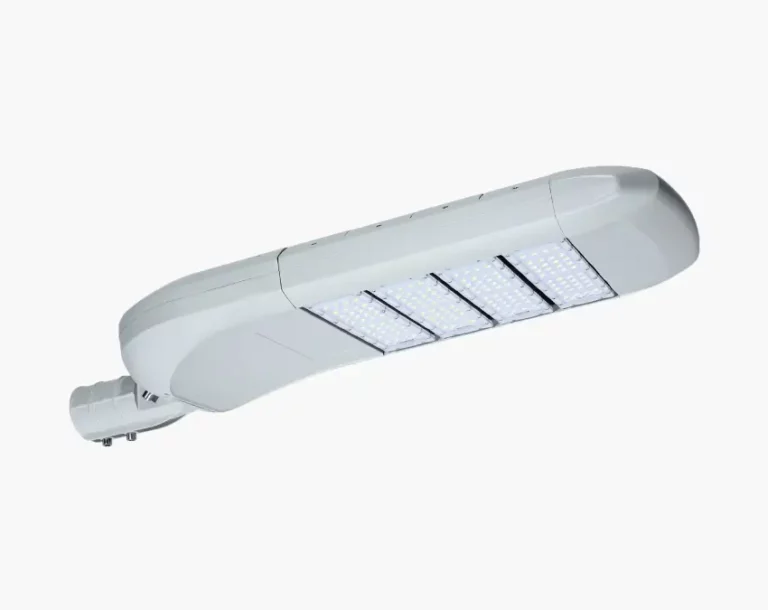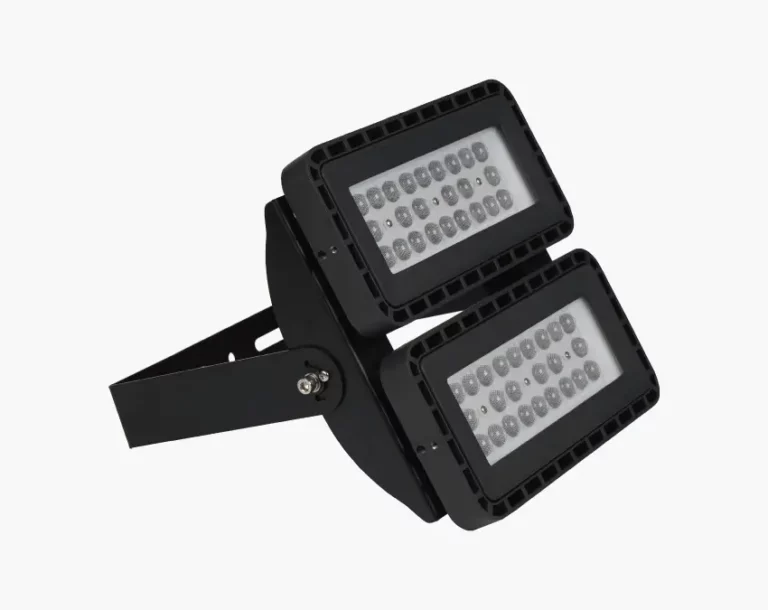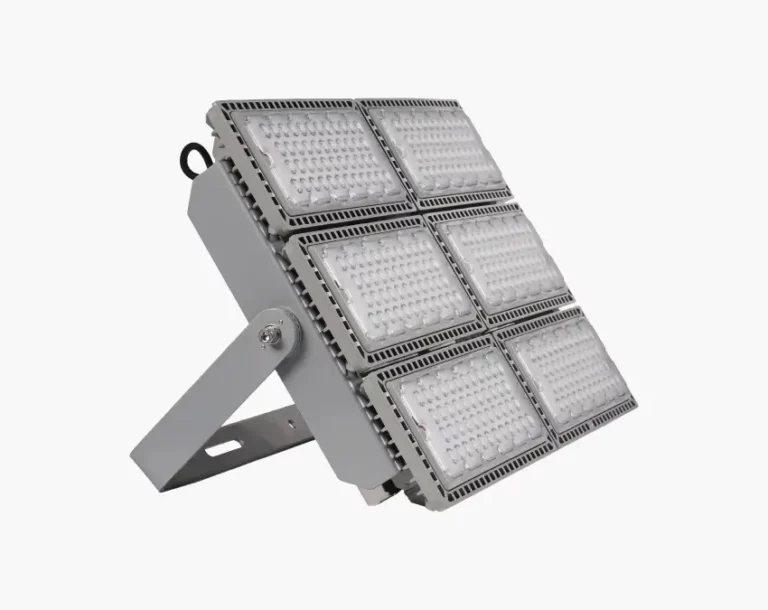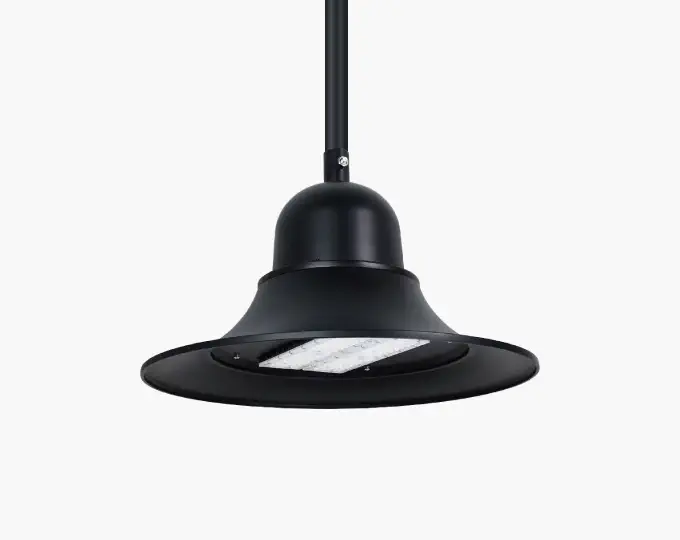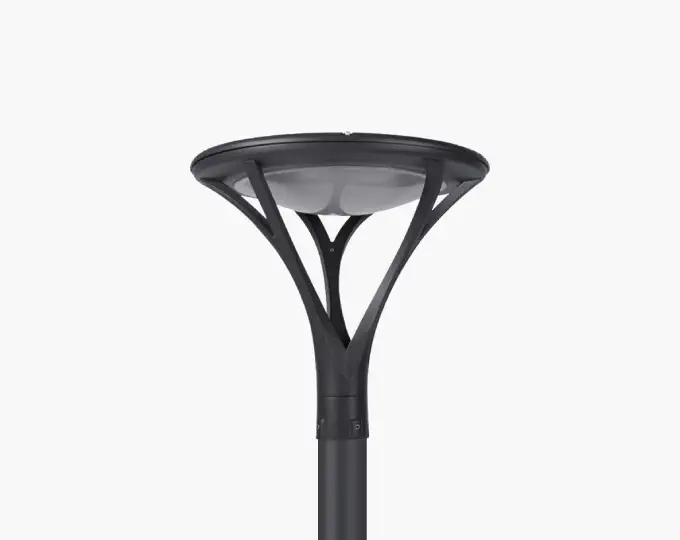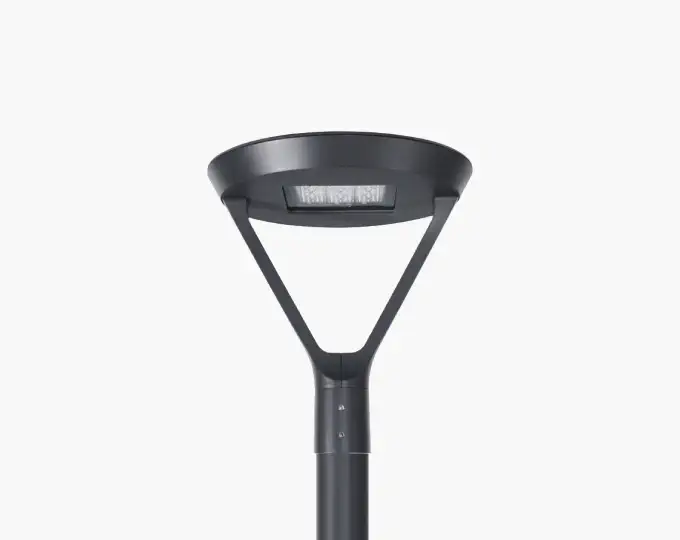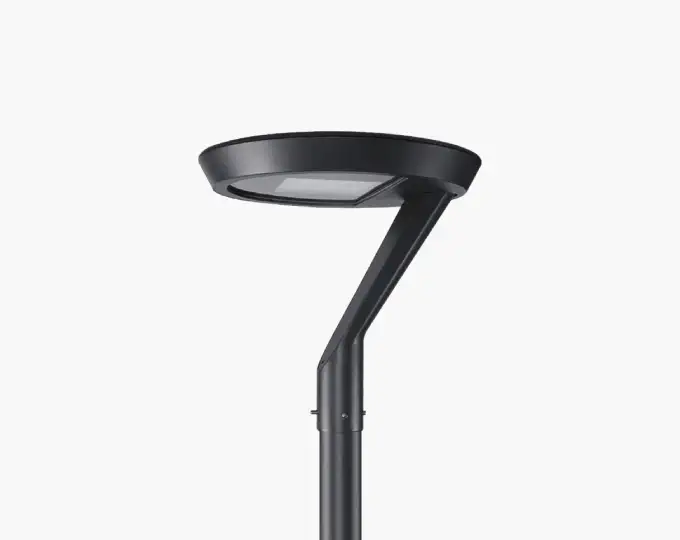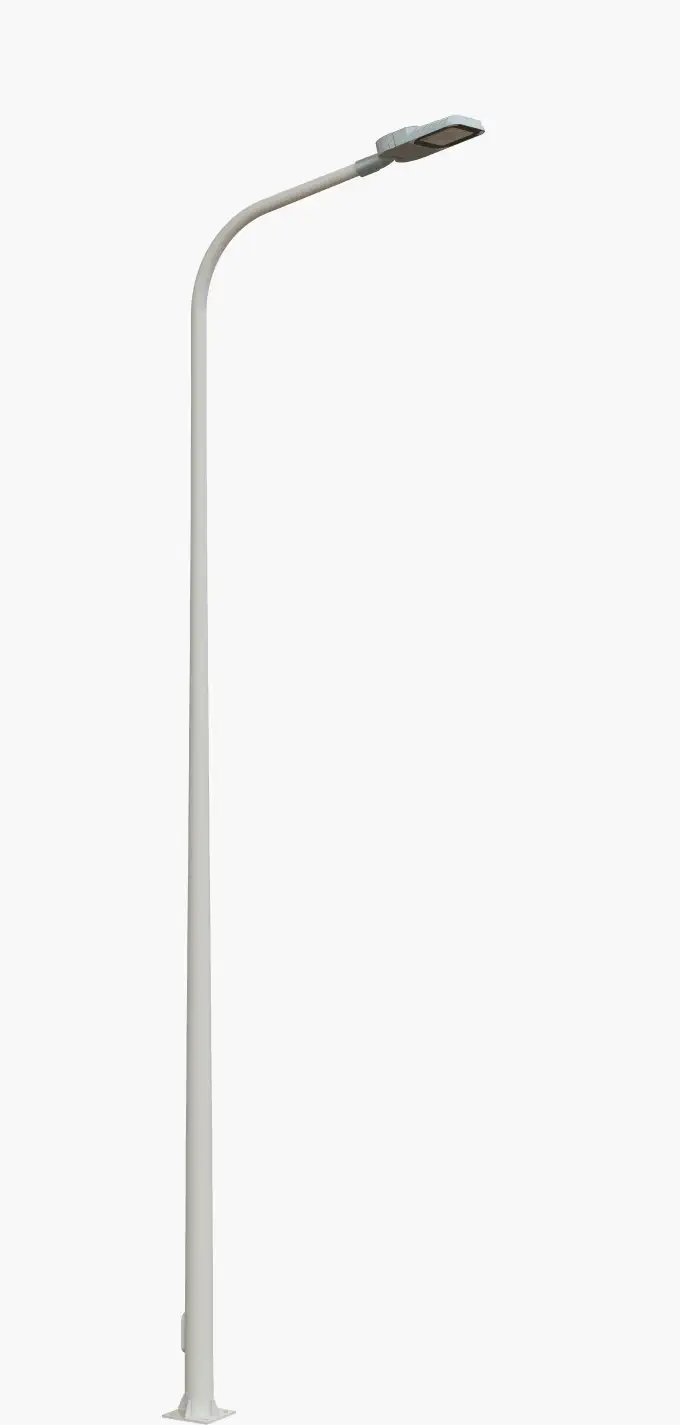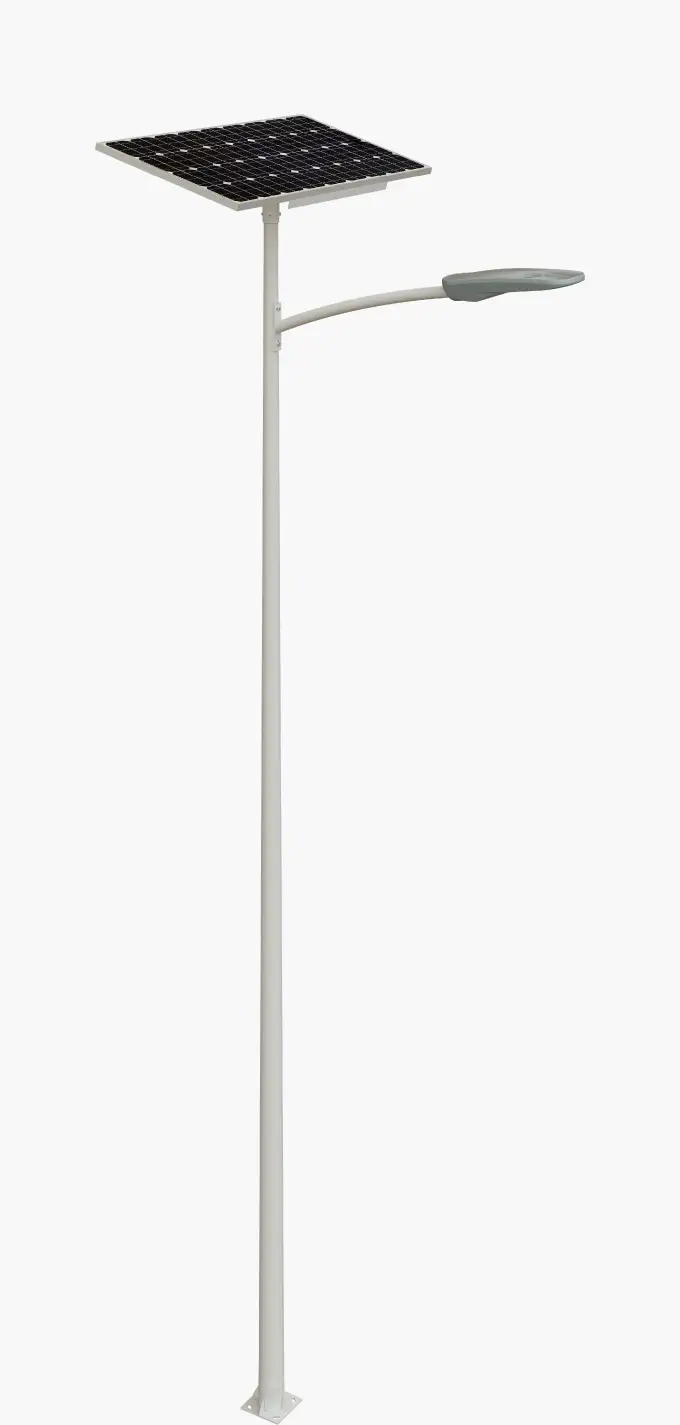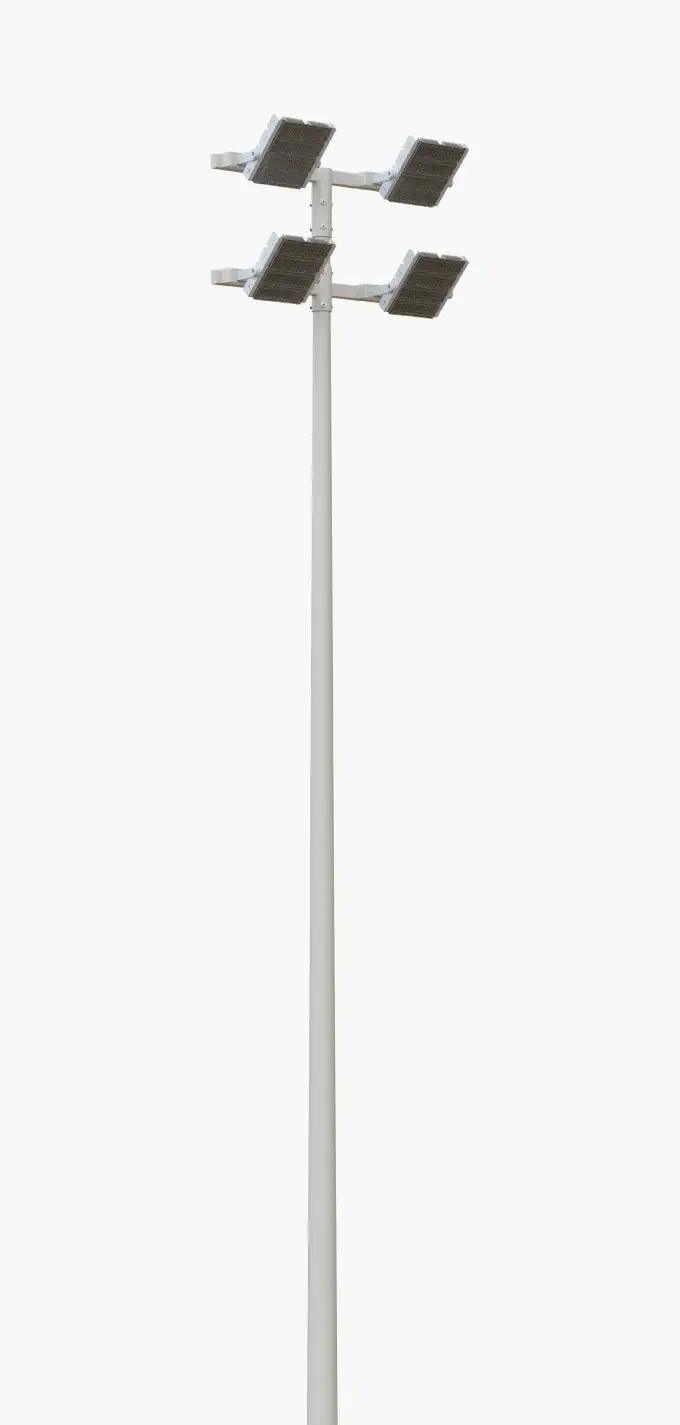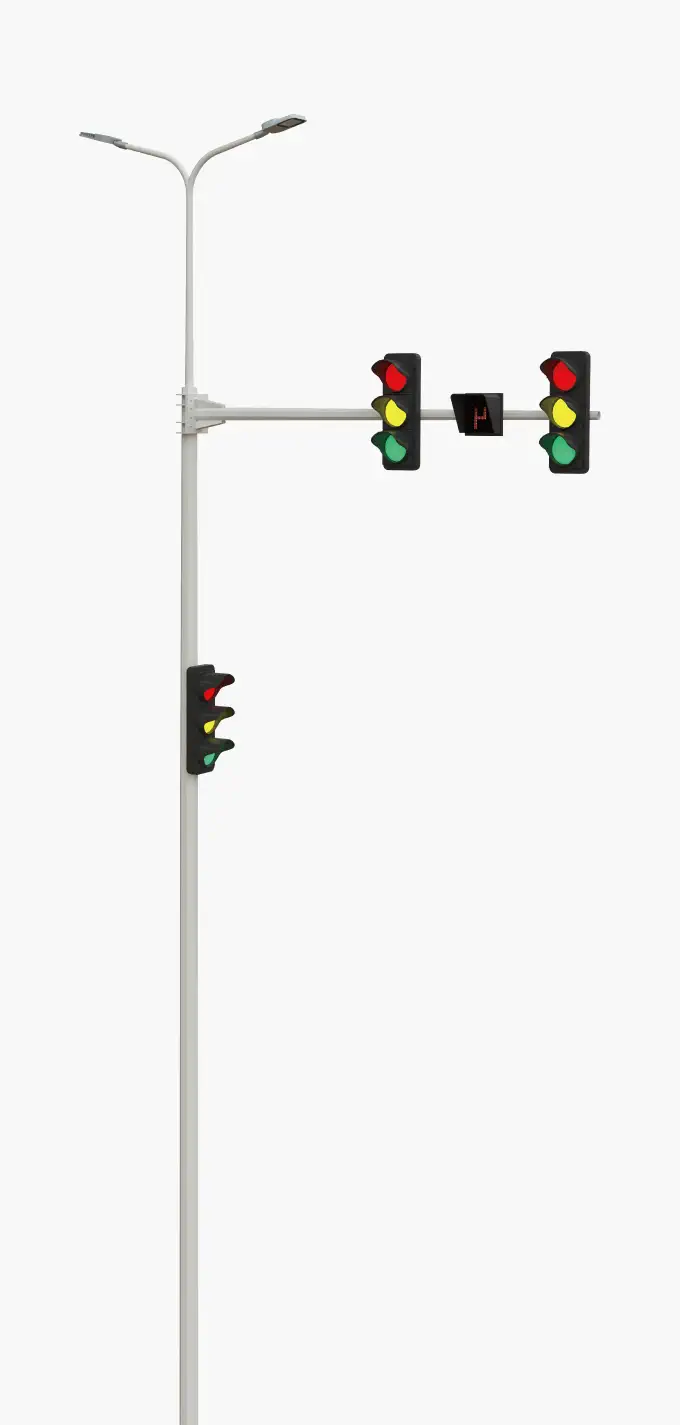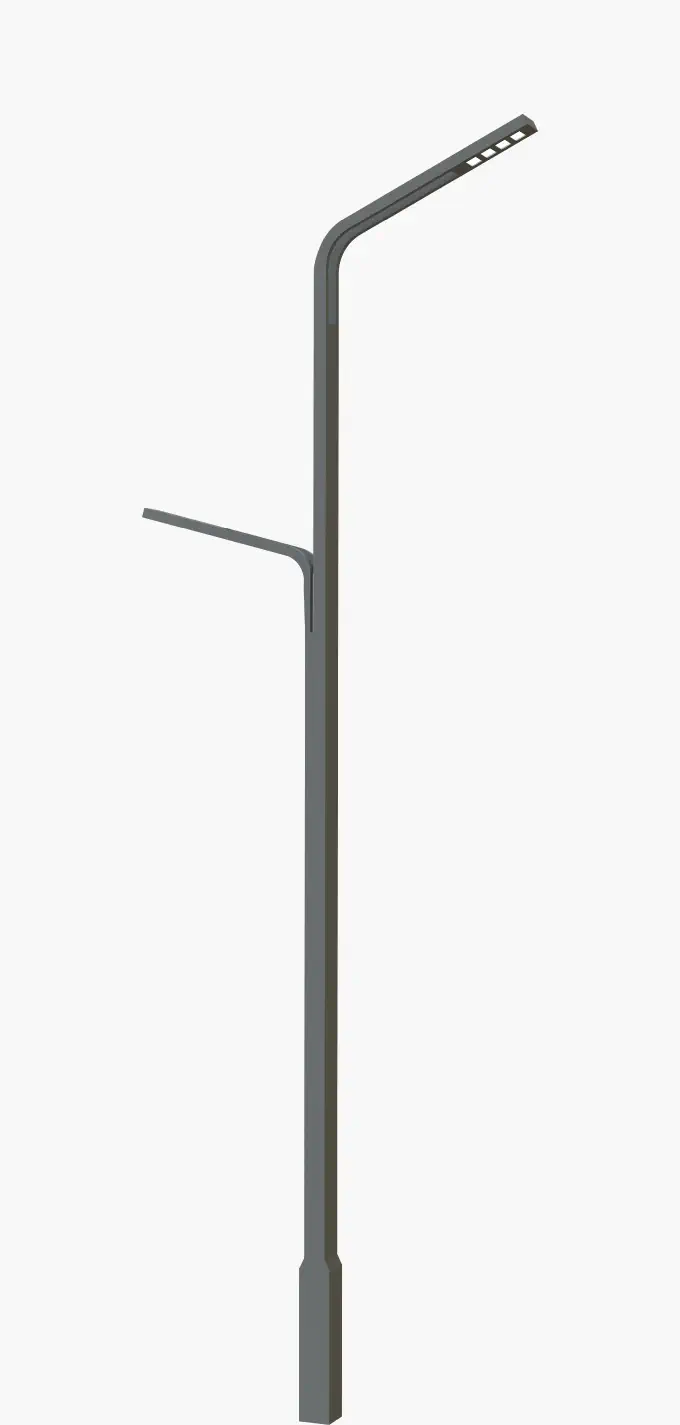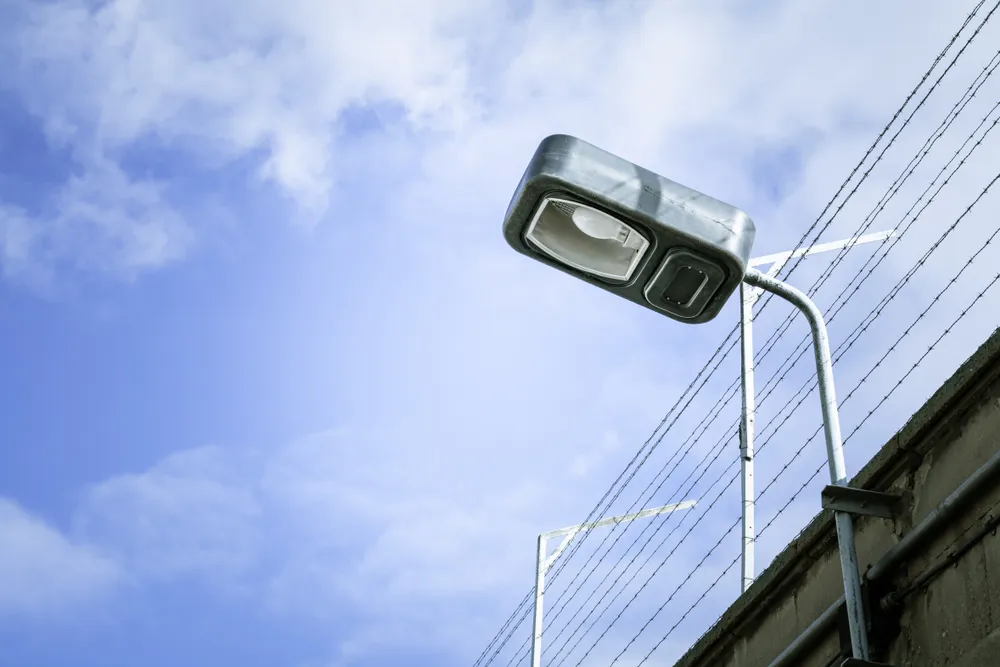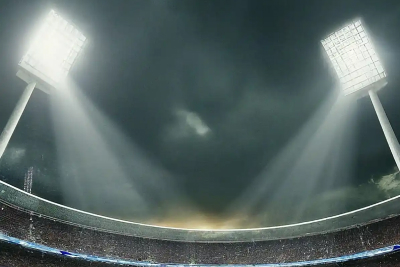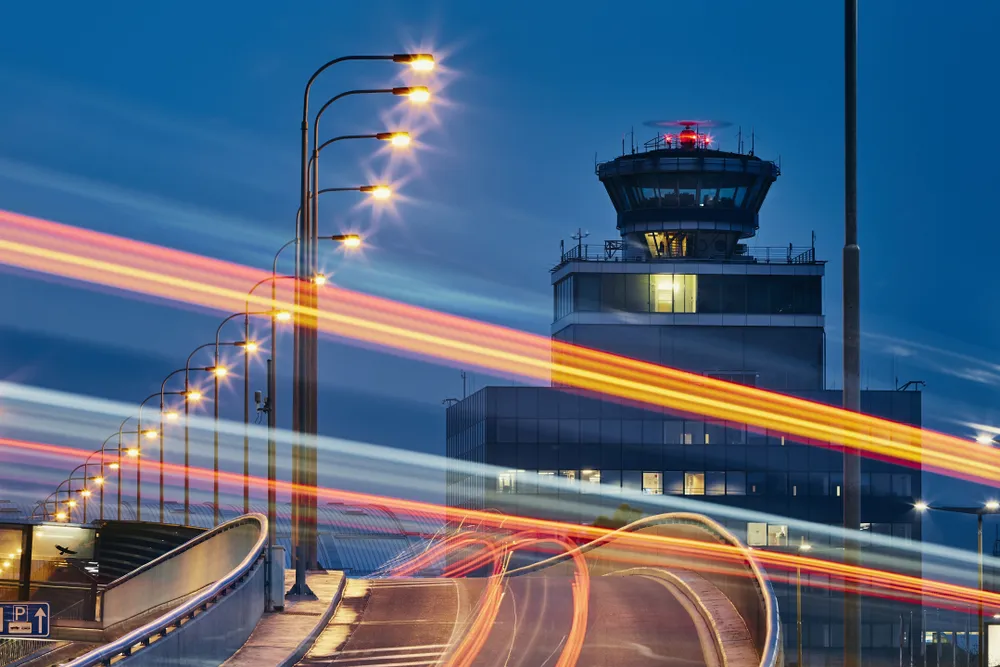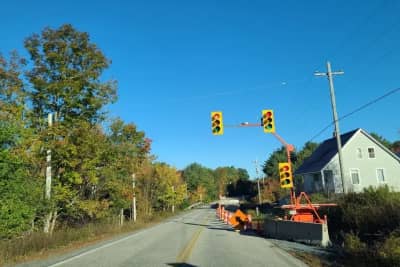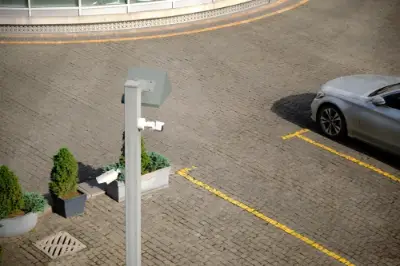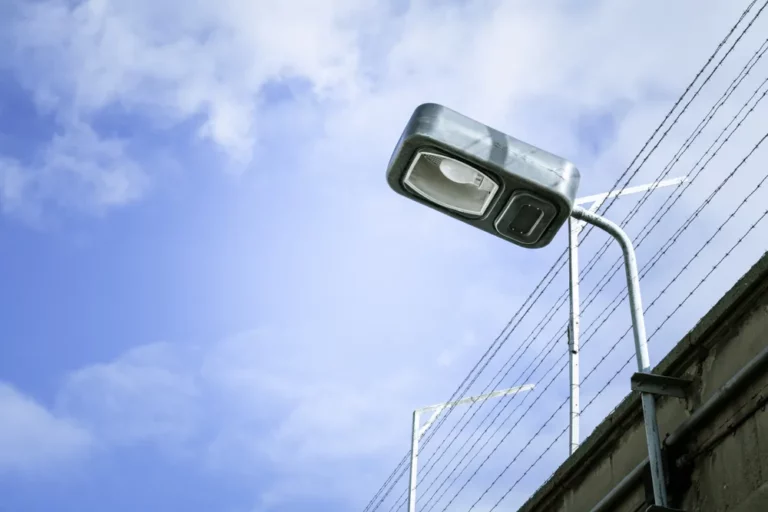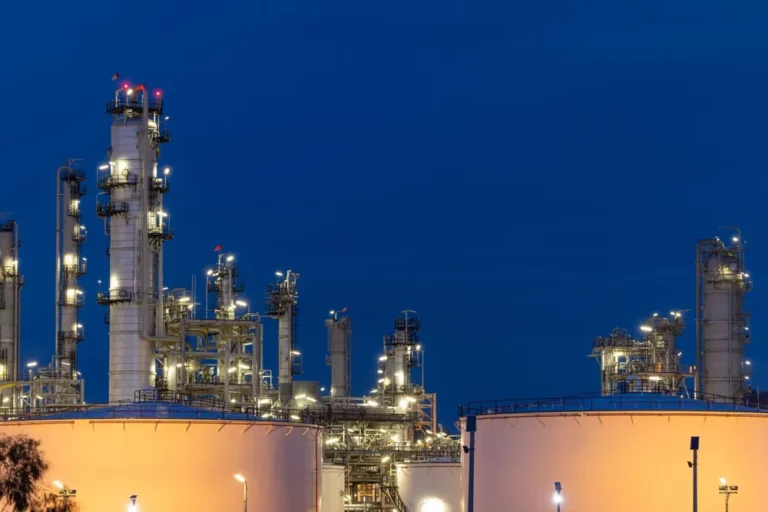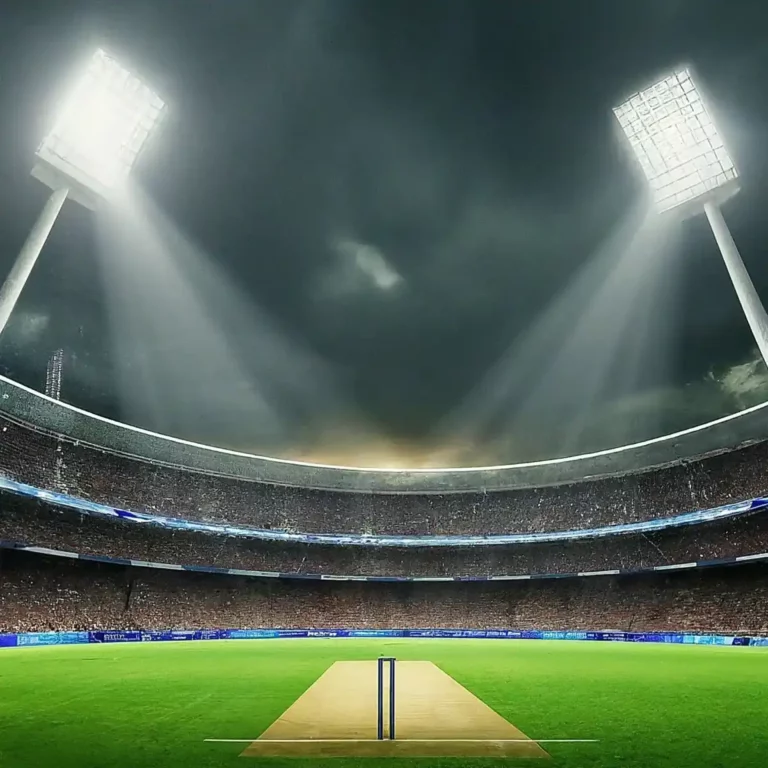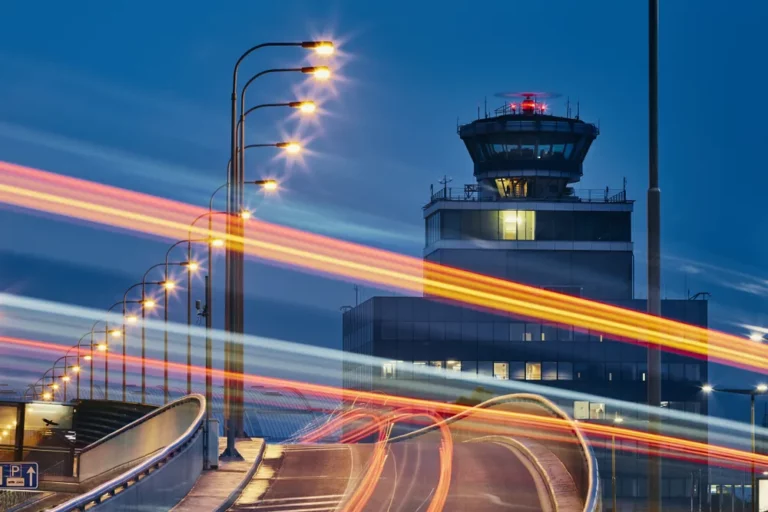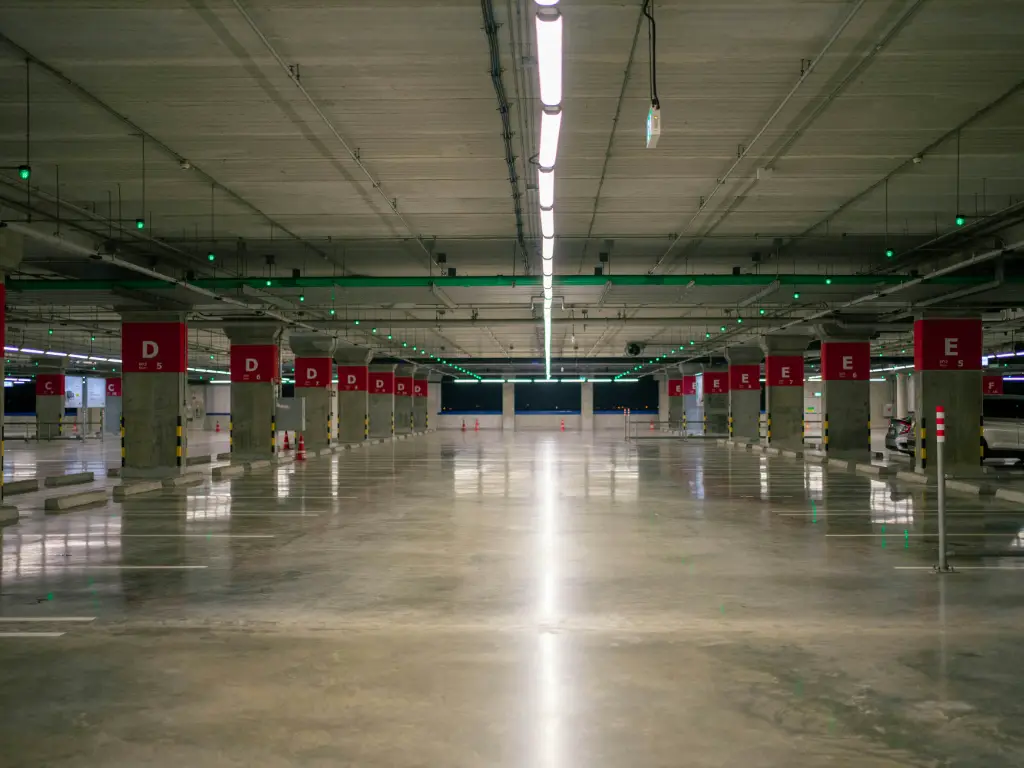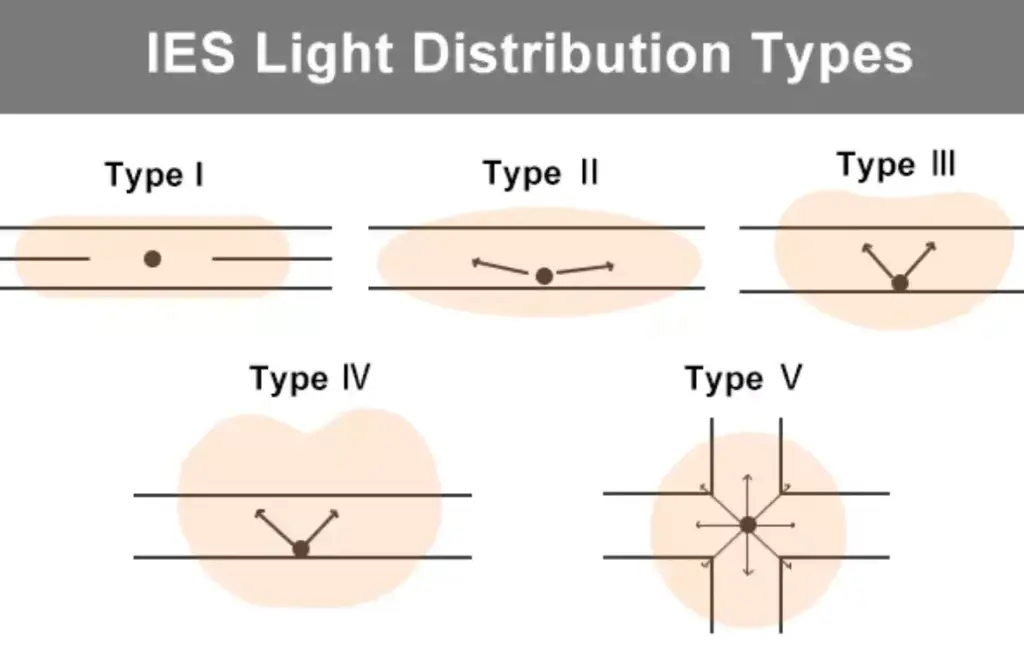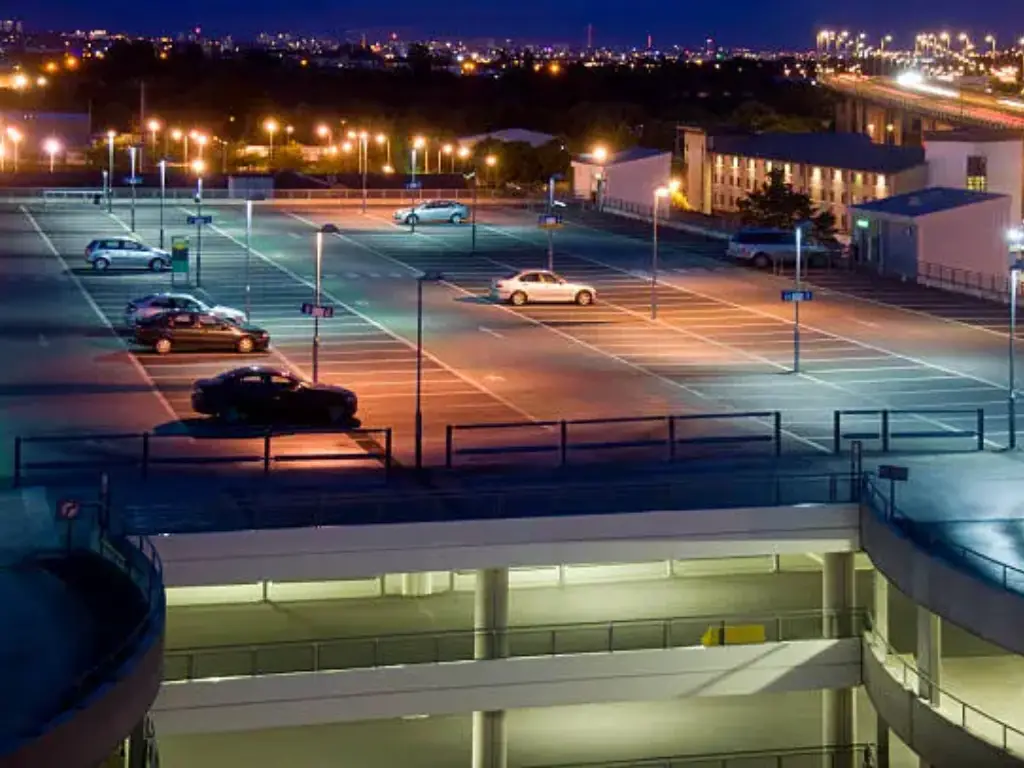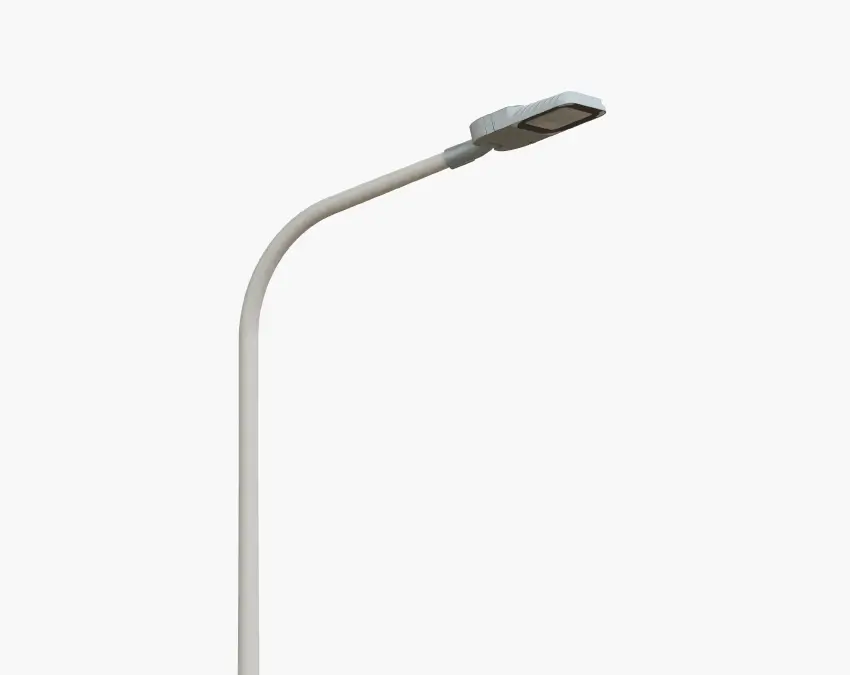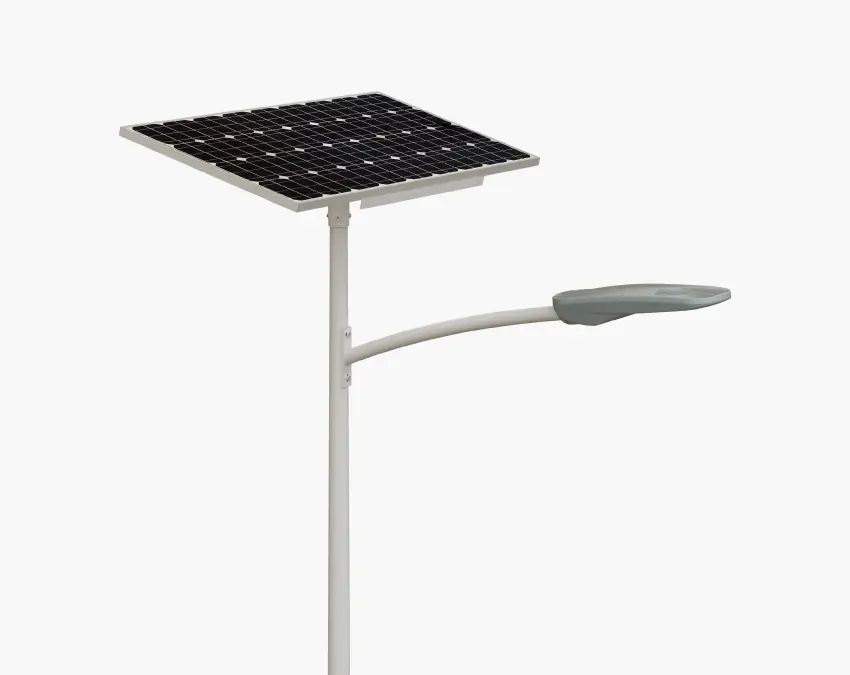Serving a purpose beyond illumination, parking lot lights are the unnoticed guardians of commerce and the community at large. They are the architects of safety and the custodians of security while attending to crucial contributions towards a property’s experience. Selecting the right lighting is much more than a simple decision: it influences everything from costs on energy and electricity, to liability lawsuits that can stem from failure to provide adequate lighting on a premises. This guide dials in on providing you with an effortless approach towards navigating parking lot lighting and selecting the proper one that caters to your standards.
Why Quality Parking Lighting Matters
Unlike overhead lighting, a well illuminated parking lot is noticeable and inviting. Imagine a postcard any visitor or employee looks at after dark. This is what your parking lot says about your business, so make sure the lighting is good. The opposite applies to poorly lit spots; they are a big danger sign and encourage all kinds of bad activity.
Foremost, a well-maintained parking area eliminates safety issues and risks. With good lighting, obstacles as well as pedestrians are easily visible, hence cutting the chances of accidents occurring. Cars can drive without barriers while people can walk without the risk of tripping due to uneven ground or hidden debris. For owners, even though this sounds like good estate management, it helps reduce liability and lawsuits from tenants.
The other pillar is security and well-lit parking lots definitely deliver here too. Putting up powerful integrated fixtures will get rid of vandalism, theft, and other criminal activities. Passersby will undoubtedly feel more comfortable moving towards their cars or businesses at night. Facilities also load trust and increase their usage because they know that perceived safety is just as crucial as real safety.
In addition to safety and security, proper lighting adds to the appearance and use of an area. Good lighting helps enhance landscaping, architecture, and even signage, which in turn positively influences the brand image as well as curb appeal. It also makes sure that the parking spaces are well defined and easy to navigate which improves traffic flow in the parking area. Investing in good lighting will greatly increase the reputation and value of a property.
LED vs. Older Light Types
For years, parking lots used to be illuminated by parking lot light fixtures primarily using High-Intensity Discharge (HID) technologies like High-Pressure Sodium (HPS) and Metal Halide (MH) lamps. Although these older light types were commonly used as parking lights, they came with several issues: they wasted a lot of energy, had short lifespans, rendered color poorly, took time to warm up, and lumen depreciation required frequent maintenance and replacement.
But with the introduction of Light Emitting Diode (LED) technology, everything changed. LEDs have revolutionized the lighting industry, and their benefits for led parking lot lights and general area lights or street lights are particularly pronounced. When compared to HID or MH, modern LED parking lot light fixtures offer many different options and provide:
- Superior Energy Efficiency: LEDs consume dramatically less power to produce the same amount of light (lumens) compared to older fixture types. This translates directly into significantly lower electricity bills, often leading to substantial cost savings over the life of the system.
- Extended Lifespan: Older parking lot light fixtures, especially those using HPS and MH bulbs, last about 15,000 to 20,000 hours. In contrast, an LED fixture boasts a lifespan often exceeding 50,000 hours. This drastically reduces the frequency and cost of lamp replacements and maintenance.
- Better Color Rendering (CRI): Unlike older technologies, LEDs typically have a higher Color Rendering Index, meaning they render colors more accurately. This is crucial for safety and security, allowing for better recognition of people, vehicles, and potential hazards compared to the orange or greenish tint of older parking lights.
- Instant On/Off: Unlike MH lamps that require a warm-up period, LEDs provide instant full brightness. This is advantageous for security and allows for integration with motion sensors for additional energy savings.
- Directional Light: Light Emitting Diodes (LEDs) emit light directionally, reducing wasted light pointing upwards (light pollution) and allowing for more precise control over where the light falls on the parking surface. This is particularly useful for shoebox lights and floodlight style fixtures used in parking lots.
- Durability: Led fixtures are solid-state, meaning they don’t have fragile filaments or glass envelopes, making them more resistant to vibrations, impacts, and temperature variations compared to traditional shoebox or other HID fixtures.
While the initial cost of LED fixtures (including popular shoebox lights or led shoebox lights) might be slightly higher than traditional options, the long-term savings in energy consumption and maintenance costs make LEDs the overwhelmingly superior and cost-effective choice for modern led parking lot applications. They are the undisputed champion in the ring against older, less efficient technologies.
Key Technical Factors Explained
Properly selecting a parking lot light demands careful attention to a few critical technical specifications. These figures, contrary to being just random numbers, describe how appropriately a light will illuminate your area.
- Lumens: This refers to the total visible light that is emitted from a certain source. When making your selection, concentrate on the lumen rating, not the wattage. More light output, means more lumens. However, the distribution of these lumens is critically important as well.
- Wattage: This refers to the power being used by the fixture. Wattage is often misleading. An efficient LED fixture will provide more lumens per watt than an older technology fixture.
- Color Temperature: This describes the perceived color of light. The lower the value, the warmer the light. When combined with lumens, well above parking lot standards, cooler white light becomes 4000K to 5000K which is more desirable as it enhances visibility and appears brighter.
- Color Rendering Index (CRI): This scale (0-100) measures how accurately a light source renders the colors of objects in contrast to natural sunlight. The CRI supporting area’s image and identity range is usually set between 70 and 80, with parking lots typically ranging 80+. Higher values improve visibility, identification and the general impression of the area.
- Light Distribution Patterns (IES Types): This is perhaps the most critical factor often overlooked. The Illuminating Engineering Society (IES) describes standard light distribution patterns (Type I, II, III, IV, V) that describe the manner in which light emits from the fixture.
- Type I: Very narrow, along a path or walkway.
- Type II: Slightly wider than Type I, suitable for pathways or ramps.
- Type III: Wider lateral distribution, ideal for illuminating areas alongside roads or parking aisles. This is one of the most common types for parking lots.
- Type IV: Asymmetric, forward throw distribution, good for mounting on walls and projecting light outwards.
- Type V: Circular or square symmetrical distribution, best to illuminate large open spaces with the pole center.
When selecting the appropriate IES type, maintaining uniform illumination throughout the parking area while avoiding dark spots or excessive glare is crucial. This also determines the spacing of the fixtures, as well as the efficiency of the parking lot lighting design.
Focusing on these variables, which include but are not limited to: lumen output, wattage, color temperature, CRI value, and especially the light distribution, will help you make the correct selection for your specific parking area.
Lighting for Specific Parking Areas
Understanding the nuances of different parking environments is key to selecting the most effective lighting. A one-size-fits-all approach rarely yields optimal results. Here’s a breakdown of common parking area types and their specific lighting considerations:
| Parking Area Type | Primary Lighting Goal(s) | Recommended Illumination Levels (Guideline) | Common Light Distribution Types | Key Fixture Characteristics / Notes |
| Small Commercial / Office | Safety, security, welcoming atmosphere | Moderate (e.g., 1-3 Avg. Footcandles) | Type III, Type V | Good color rendering, aesthetic options, effective glare control to avoid impacting adjacent properties. |
| Large Retail / Shopping Mall | Safety, security, uniformity, visibility | Higher (e.g., 2-5 Avg. Footcandles) | Type III, Type V, sometimes IV | High lumen output fixtures, focus on uniformity ratios, durable for high traffic, potential for smart controls. |
| Industrial / Warehouse | Security, safety for vehicles/personnel | Functional (e.g., 1-3 Avg. Footcandles) | Type III, Type IV, Type V | High durability (IP/IK ratings), resistance to environmental factors (dust, moisture), clear visibility for large vehicles. |
| Residential (Apartments, etc.) | Safety, security, comfortable ambiance | Moderate (e.g., 0.5-2 Avg. Footcandles) | Type II, Type III (careful aim) | Focus on minimizing light trespass, aesthetic fixtures, reliable performance, vandal resistance. |
| Specialized Areas (Entrances, Walkways, Crosswalks) | High visibility, pedestrian safety | Higher (e.g., 5+ Avg. Footcandles) | Type I, Type II, Directional | May use different fixture styles for emphasis, require precise aiming, critical for accident prevention. |
By categorizing the parking area and understanding its specific needs, you can better tailor the selection of fixture types, light distribution patterns, and overall light levels to achieve the desired outcomes for safety, security, and functionality. This tailored approach is far more effective than simply applying generic lighting solutions.
Installation and Layout Planning
Absolutely nothing can salvage how best a parking lot light can work without careful planning and adequate installation. This step is where technical aspects are put into action.
The height at which the poles are mounted is a key issue as well. Higher poles enable wider spacing between fixtures. This could lower the number of poles needed but does require higher lumen output fixtures. Closer lower poles might make maintenance easier, but if not properly shielded, light pollution could potentially be a problem. Moreover, typical heights range from 15 to 30 feet (approximately 4.5 to 9 meters).
The goal is also directly related to evenly toned parking area illumination to reduce dark spots and overly bright areas. Moreover, uniformity measurement achieves a good ratio of minimum to average or maximum to minimum illumination, which symbolizes a well-designed system. Photometric data from manufacturers can be used with lighting design software to simulate layouts while predicting light levels along with uniformity ratios.
Aiming and orientation of the fixtures are also important, especially for asymmetric distributions (Type III, IV). Correct aiming ensures light is directed where it’s needed – onto parking bays and aisles – and away from adjacent properties or the sky (to minimize light pollution).
For traditional wired systems, electrical infrastructure planning (trenching for conduits, wiring, breaker panels) is a significant part of the installation process and cost. The location of power sources will influence pole placement options.
Proper fixture attachment to poles or walls using robust mounting hardware is essential to withstand wind loads and ensure long-term stability. Compliance with local building codes and electrical regulations is a requirement.
Engaging personally during the layout and installation phases with a lighting design guide or software can save potential costs and guarantees that the intended results for the lighting system are achieved.
Calculating Project Costs & ROI
Considering only the purchase price of the fixtures for parking lots, is a very limited approach to evaluating lot lighting. A thorough assessment must also evaluate the total cost of ownership (TCO) over the system’s life.
The initial cost of the fixtures and poles is the most visible cost. In most cases, LED fixtures will have a greater up-front investment compared to older technologies; however, this is merely the starting point of the evaluation.
Installation costs encompass the labor for pole and fixture mounting, trenching, wiring (in the case of wired systems), and pole erection. These costs can fluctuate dramatically based on site conditions and system type (wired vs. solar/wireless).
For most businesses, energy expenses are a critical component of TCO, especially regarding continuously lit parking lots. This is where LEDs yield their greatest benefits. To compute the annual energy expenditure, take the overall wattage of the system and multiply it by the yearly operation hours and subsequently by the electricity cost (kWh). The difference in energy consumption between an old MH system and a new LED system can be staggering.Replacement bulbs, ballasts (for conventional lights), and the appropriate labor are some of the listed maintenance expenses. Compared to other systems, older systems incur greater maintenance costs due to the longer lifespan of LEDs and their components. This maintenance cost is further amplified by the scheduling and disruption that comes with issuing lifts or bucket trucks for high-mounted fixtures.
Costs associated with these systems might also be linked to future upgrades or eventual breakdown and disposal of the system.
Ongoing savings (energy + maintenance) of a specific period is set against the initial investment of purchase and installation to determine ROI (Return on Investment). With LED upgrades for parking lot lighting, the ROI is extremely advantageous because savings usually surpass costs after 1-4 years, which is typical for the payback period. The savings then continue to add surplus exacerbated value for the remaining lifespan of the fixtures. It’s like cultivating a money tree; the energy-preserving initiatives taken exponentially minimize expenditures for years on end.
High-grade energy-saver parking lot lights yield important results after undergoing comprehensive TCO and ROI calculations alongside superior financial reasoning.
Exploring Smart & Solar Options
In addition to basic lighting, modern technology offers smart features that optimize energy savings, control, and sustainability for parking lot light.
Photocells, also known as dusk-to-dawn sensors, are an example of smart lighting that automatically switches lights on and off based on the surrounding light levels. Motion sensors are even more advanced, automatically dimming or turning off lights in empty spaces and brightening them when someone approaches. This method ensures protection when necessary while saving energy during low-demand hours. Furthermore, networked control systems enable centralized control for automating on/off schedules, dimming, and performance evaluations that can be adjusted and monitored which maximizes efficiency and flexibility.
Markedly, solar-parking-lot lighting is a giant leap toward sustainability and energy independence. These systems have solar panels that charge batteries during the day to power LED fixtures at night. This eliminates the need for trenching which connects to the electrical grid, significantly decreasing installation costs in remote locations, new developments, or even for existing constructions.
For companies aiming to decrease their carbon footprint, achieve energy self-sufficiency, or deal with difficult scenarios for connecting to the grid, solar parking lot lighting is becoming more feasible and appealing. For achieving reliable solar solutions, however, care must be taken regarding component quality and system design to guarantee dependable operation throughout the year and in all weather conditions. The solar panel needs to be properly dimensioned, the battery capable of storing enough energy for several nights, and the charge controller intelligent and sufficiently protective.
When implementing solar based solutions, working together with an experienced manufacturer is important. Companies like InluxSolar provide All-inclusive Solar & Outdoor Lighting Solutions for Any Application, including parking lots. Their commitment to cutting-edge technology is evident in their investment of 5% of annual sales revenue into R&D, Supporting a team of 10+ experts with over 15 years of average experience. This commitment has resulted in a portfolio of 60 patents and over 300 product test reports estimating their annual innovations in solar and lighting products to be 3.
InluxSolar’s potential derives from their ability to construct Custom Solar Light Solutions for Your Projects. In modifying solar panels, LED housings, light poles, controllers, and batteries, InluxSolar achieves specific requirements for power, voltage, color temperature, CRI, logos, and designs. This goes above and beyond mere modifications as they have the capability to fully build custom solutions.
The proven reliability of InluxSolar systems is built on First-class materials, with an industry-leading <0.5% Failure Rate. InluxSolar has Grade A solar cells, brand new pouch type LiFePO4 batteries with a 4,000 cycle & 10+ year life expectancy, hot dip galvanized poles with 30m/s wind resistance, ultra brite LED’s that are 40% brighter and last 50,000+ hours, anti-rust aluminum fixtures with high IP66 to IP67 and IK09-IK10, and ultra secure controllers that ensure intelligent management and multi-protective control.
InluxSolar goes beyond what other companies offer by coupling product service and customer service quality. Most orders come with 15-Day Fast Delivery and additional services include lifecycle management with on-site work to provide worldwide support. Their 3-5-year warranty gives clients the upper security of system reliability, far surpassing the 2-3 industry average, claiming leadership status in warranty services. Furthermore, all clients are sufficiently guided with the 14-Step Roadmap guiding each step from bidding to project acceptance, validating the advanced capability with the Worldwide Impact of 1000+ projects completed all over the world for Municipal, UN, and Commercial specialized services and other delivered projects proving advanced engineering and project management competencies.
InluxSolar partners ensure high standards for components used, project requirements, and complements flexible tailoring for each client request to deliver unmatched quality custom work. Investing in InluxSolar for solar parking lot lighting guarantees a well-planned, modern, cost-effective, and dependable long-term solution. Imagine smooth exploratory journeys. It’s like having a permanent guide who guarantees efficiency and safety for smoothly increasing unfamiliar navigational system journeys ensuring that all milestones are met.
